
www.photographize.co/submissions
E-mail: sales@photographize.co
www.photographize.co
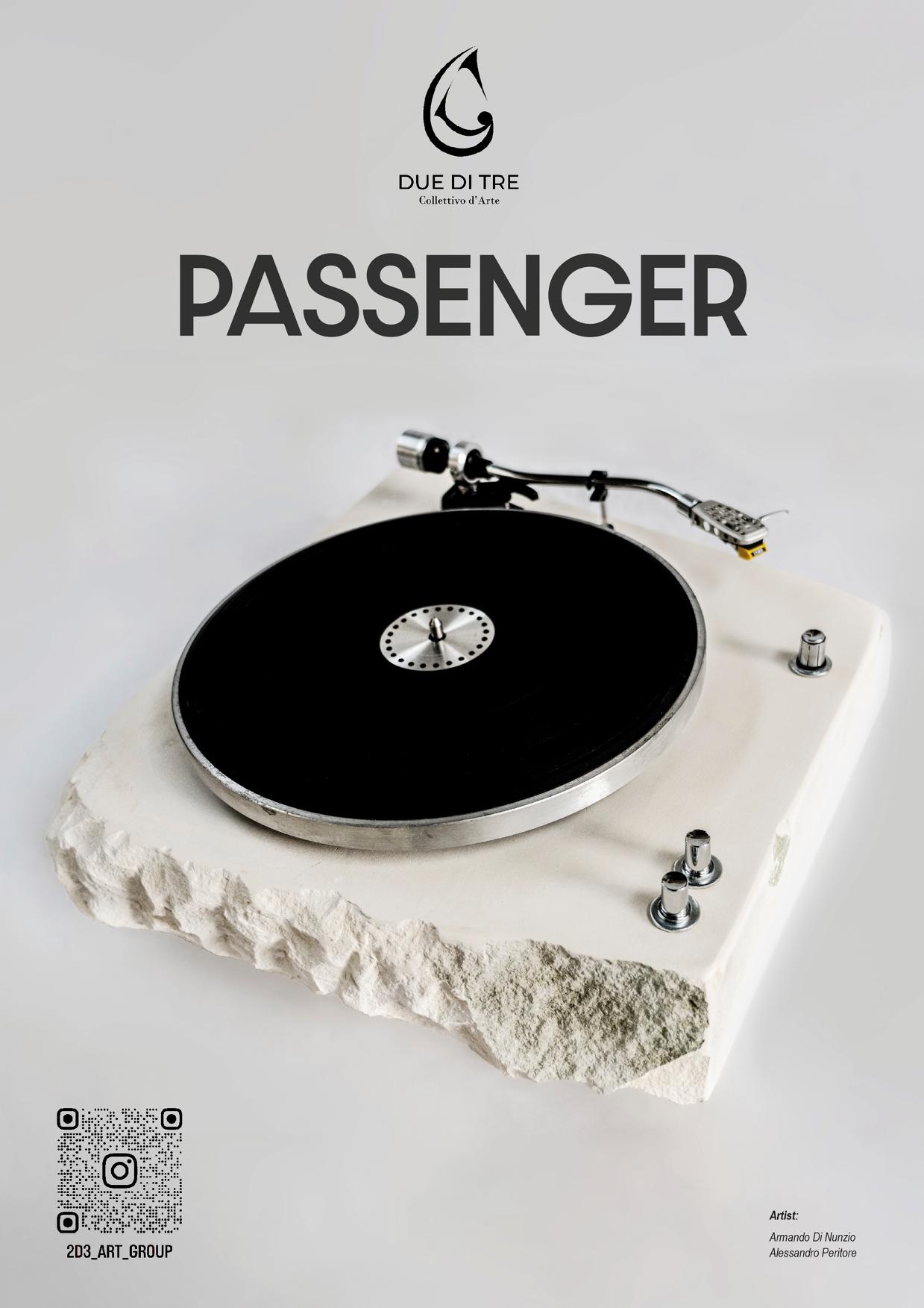

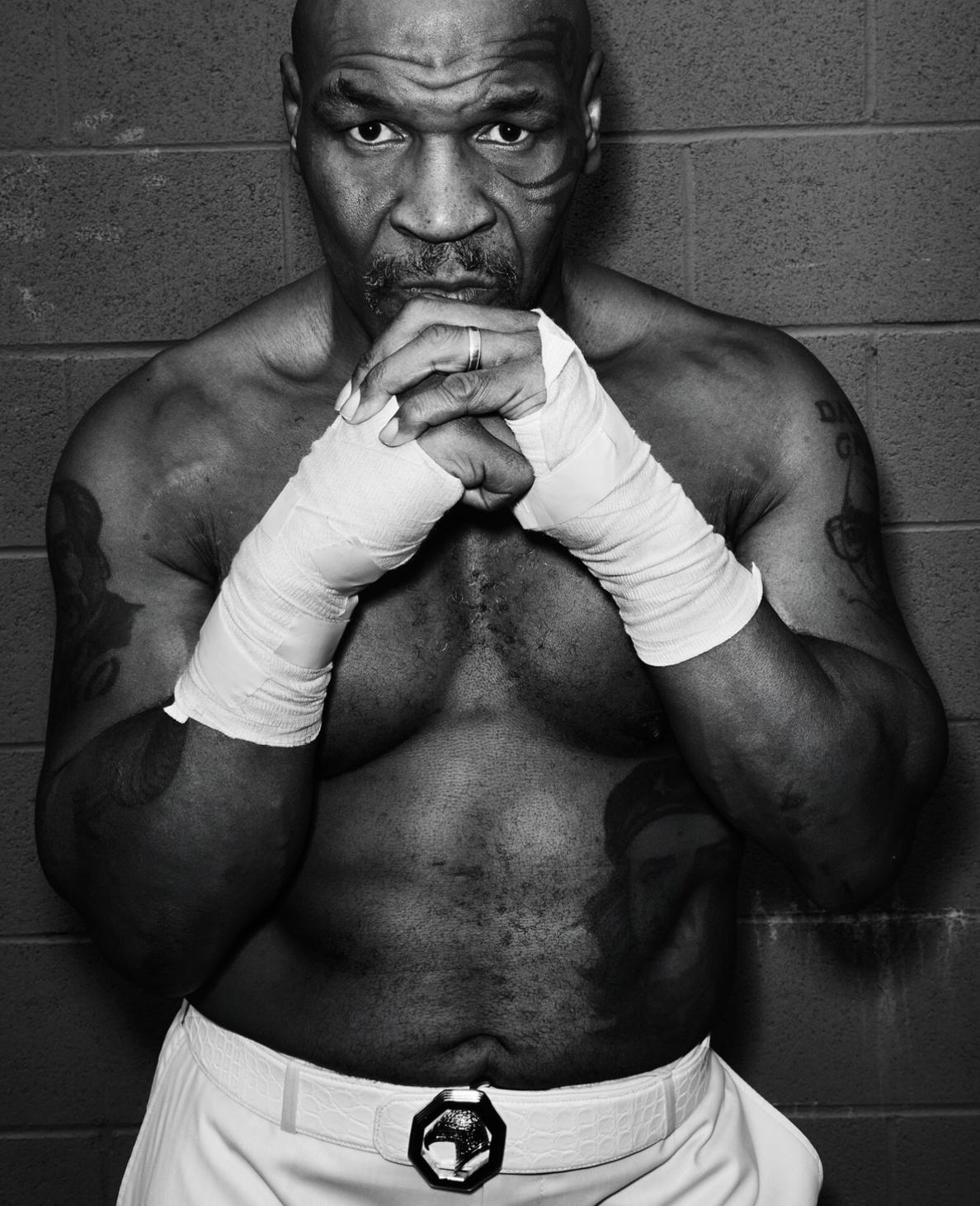

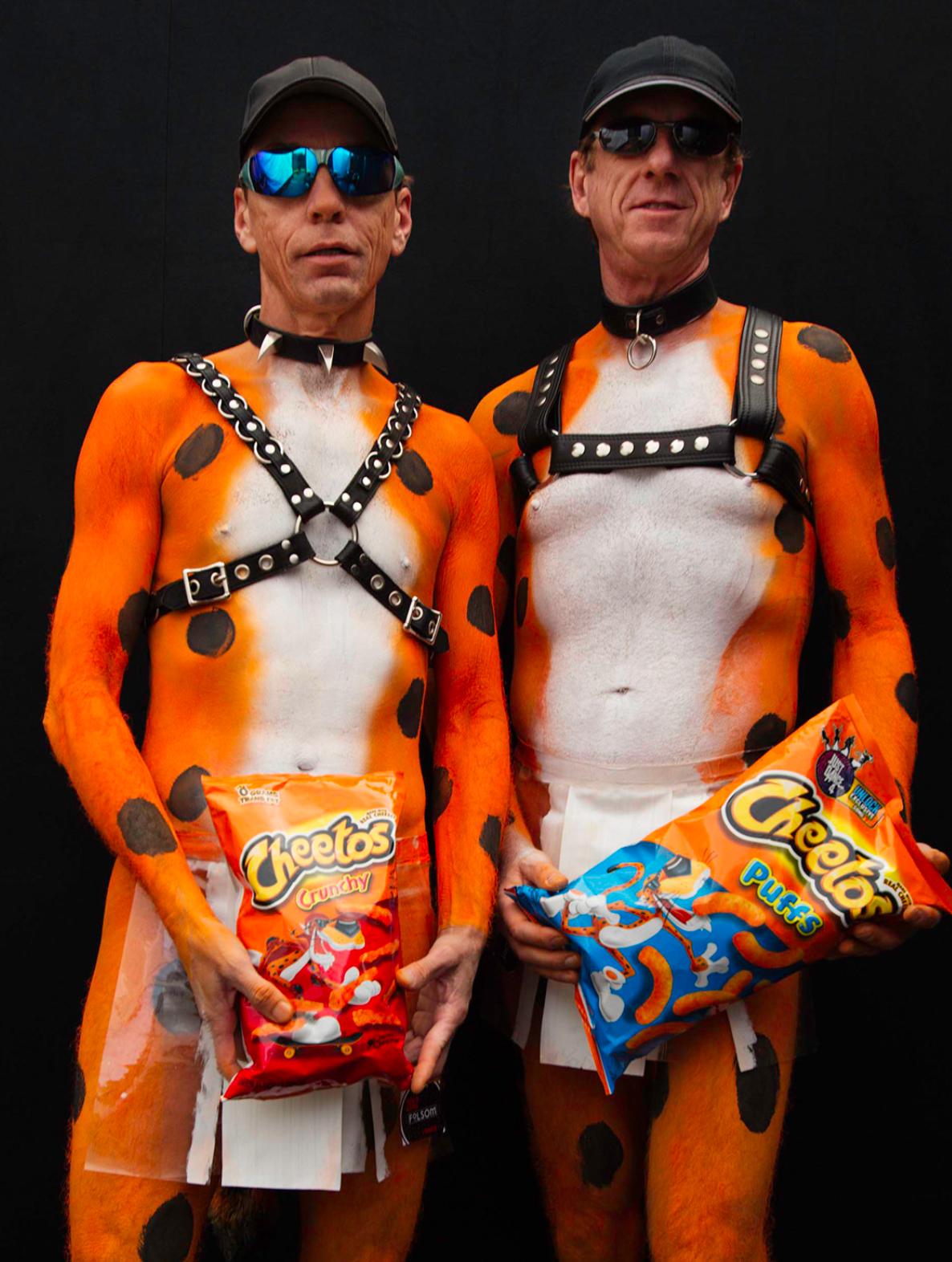
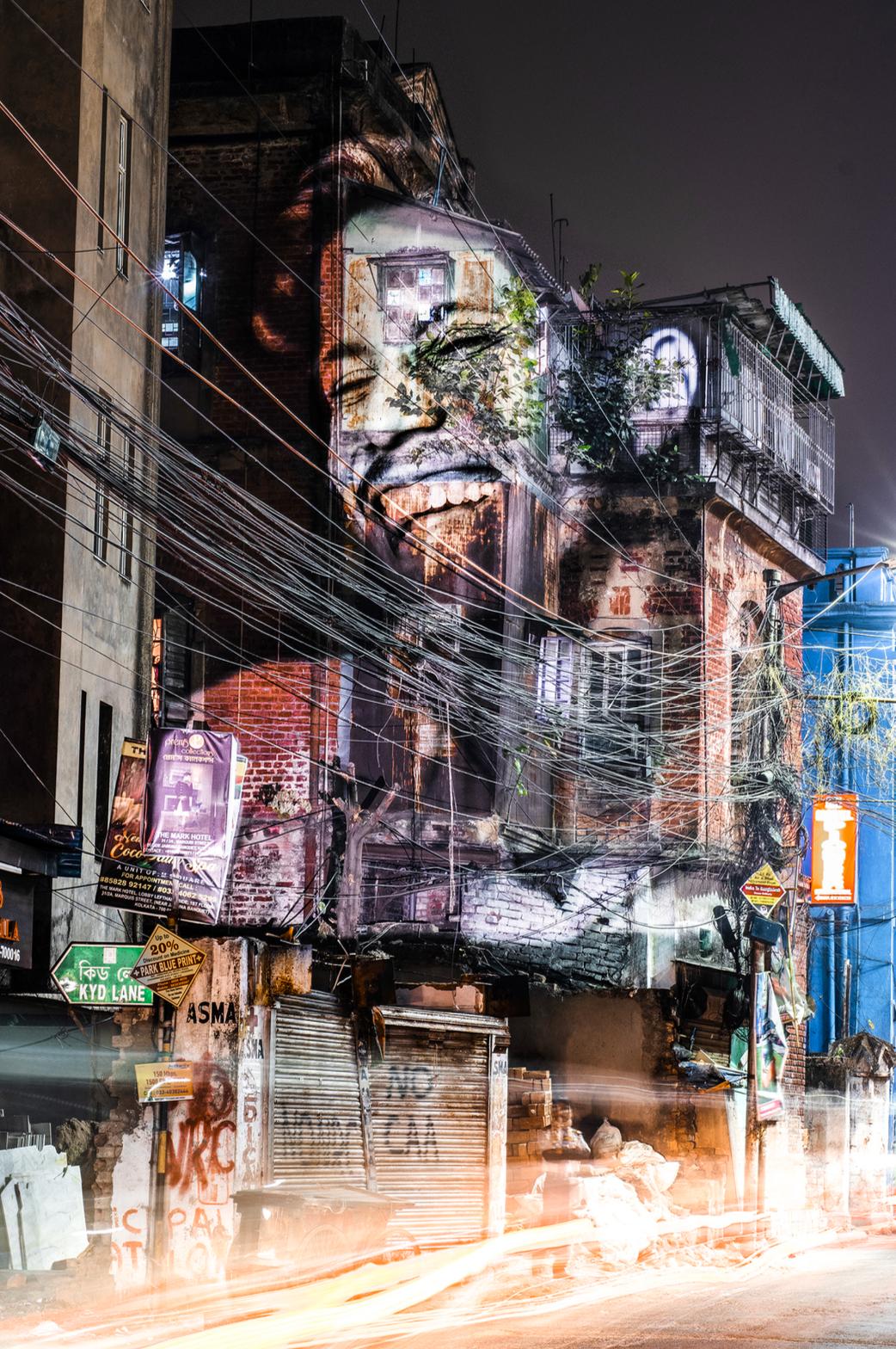
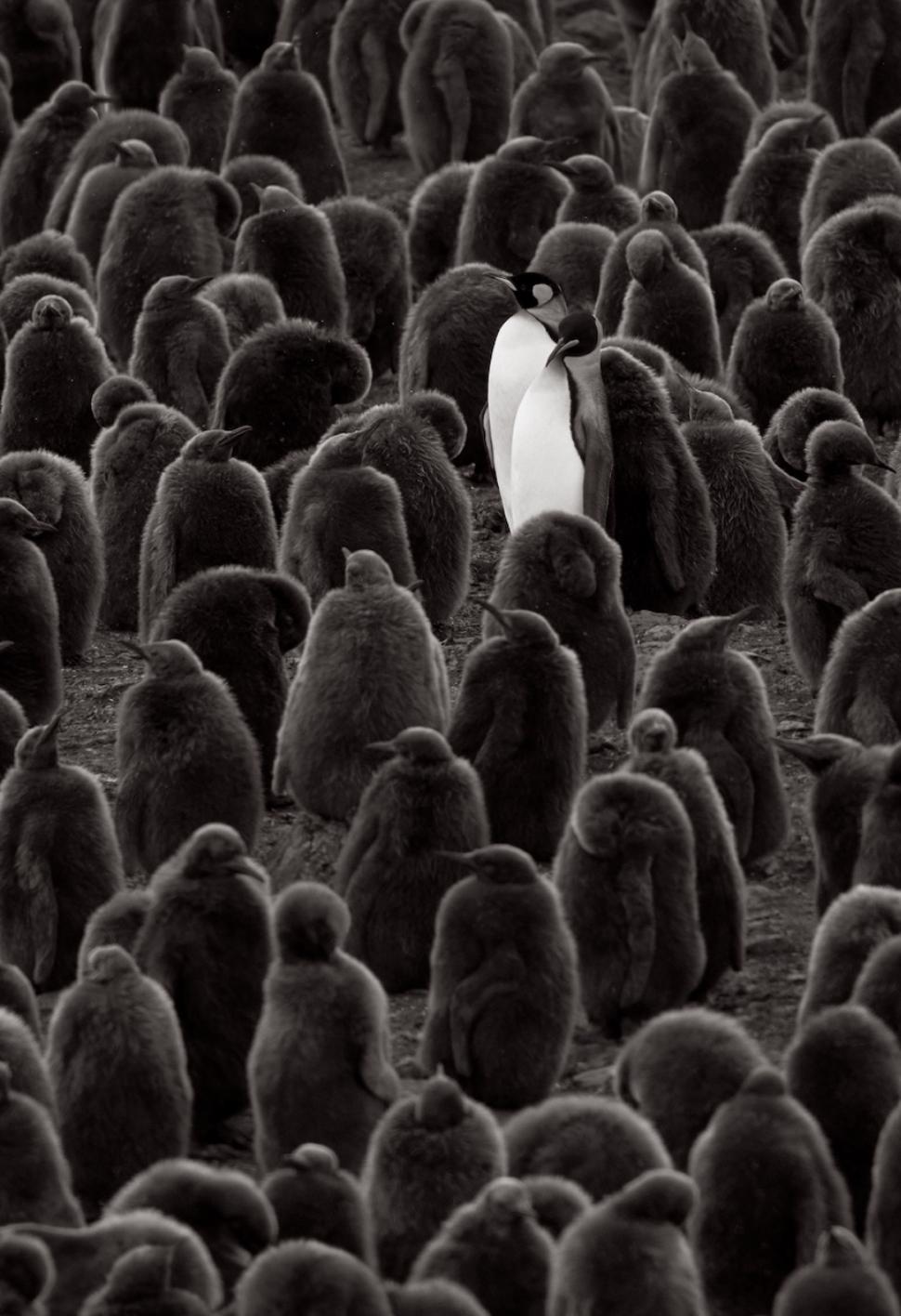










www.armandodinunzio.it




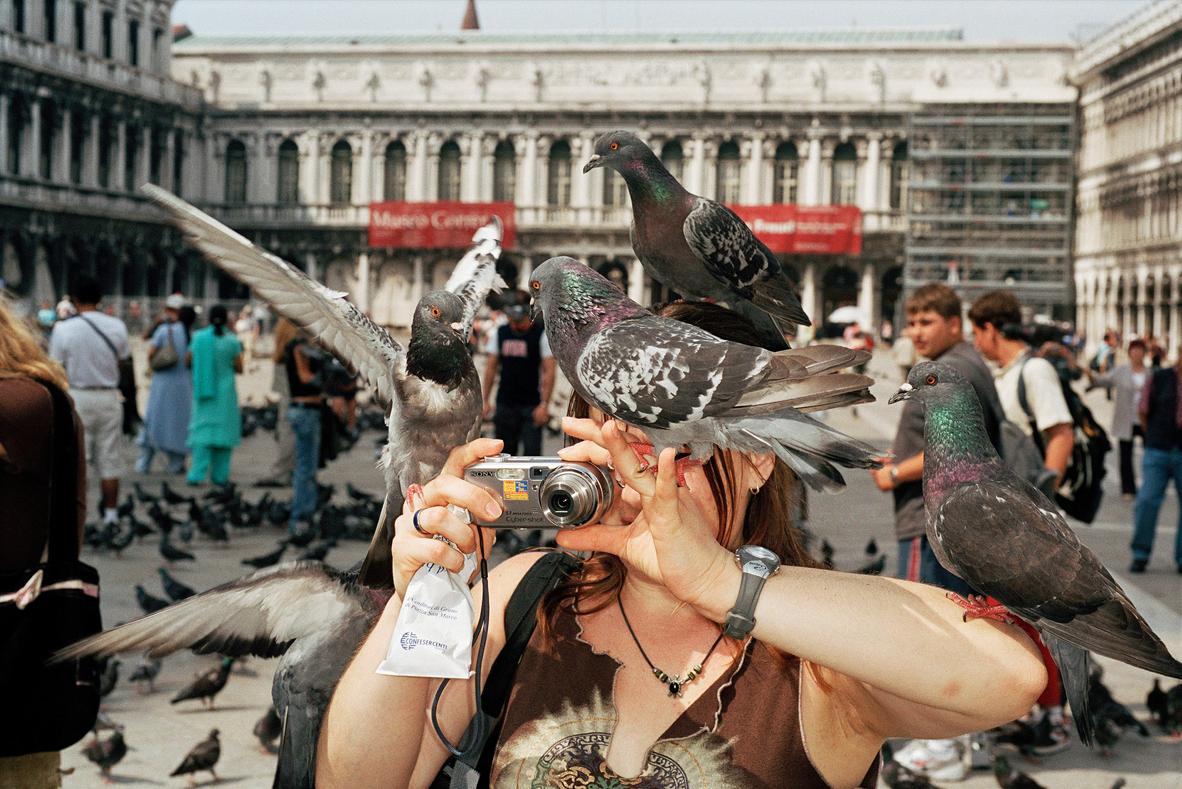



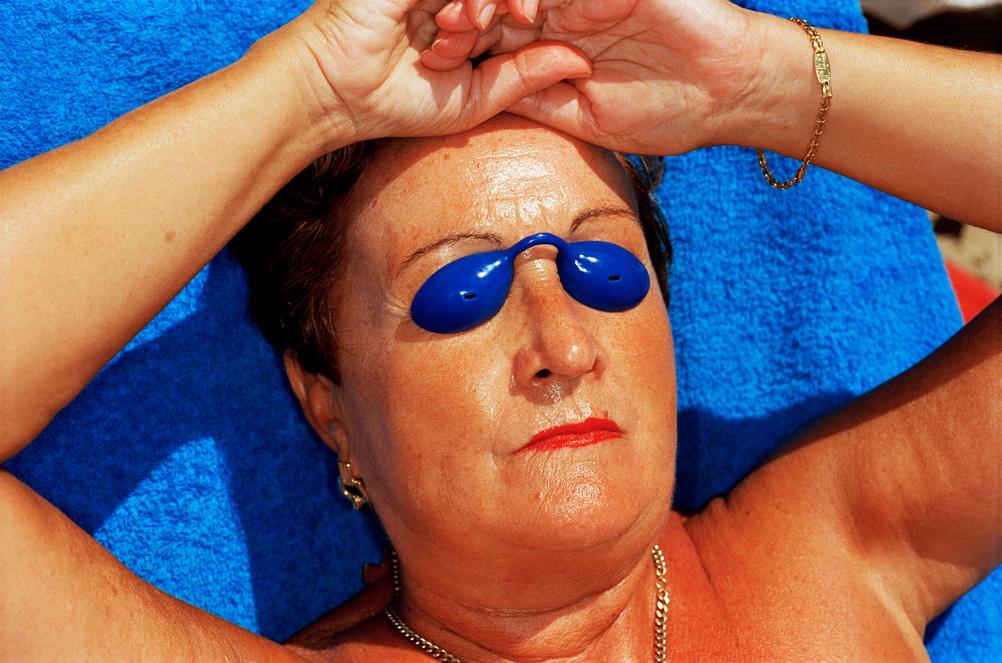


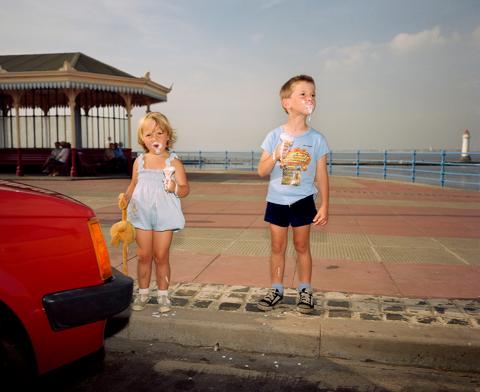
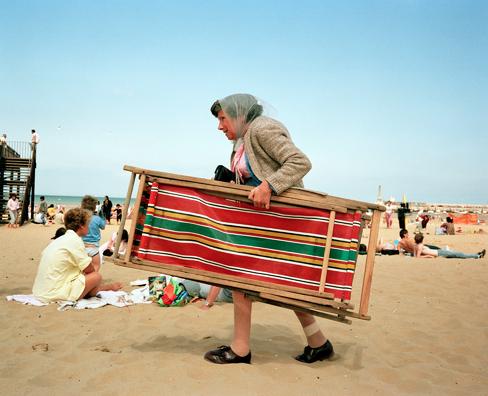
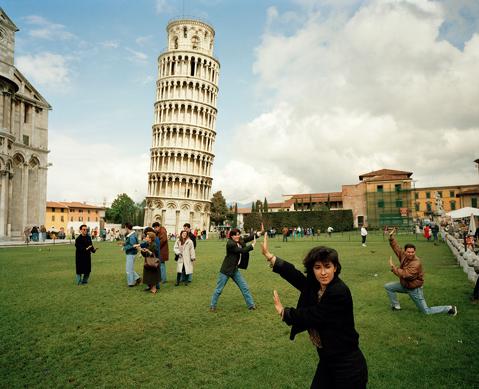

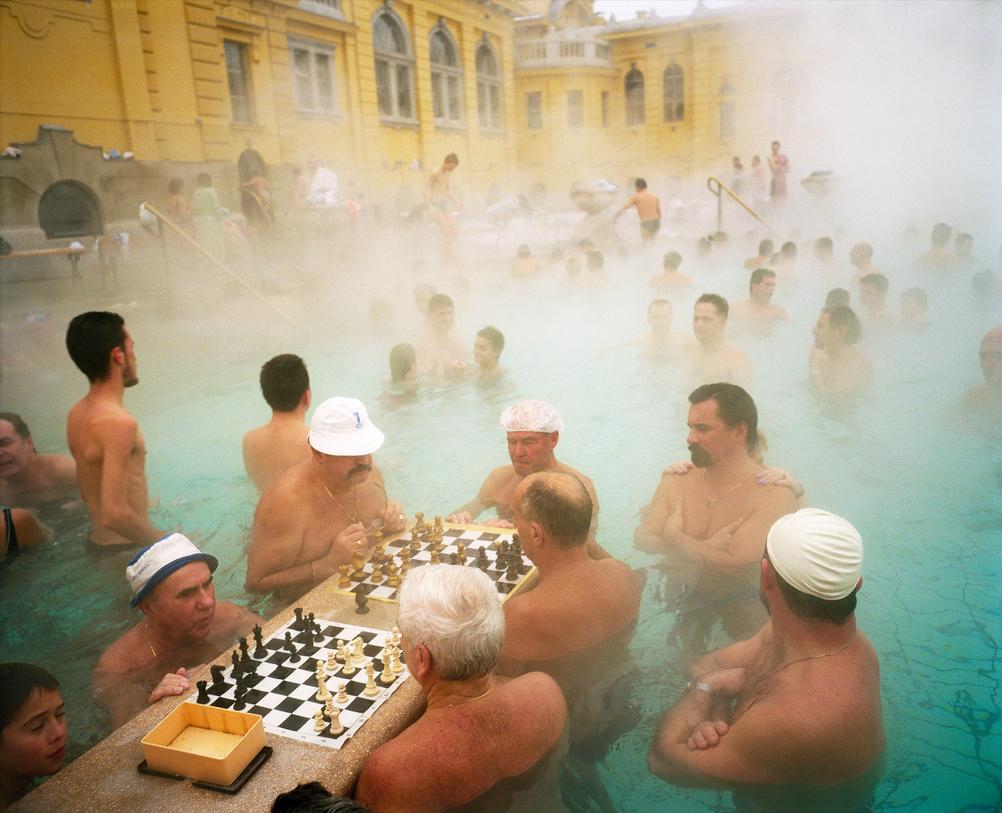


www.photographize.co/submissions
E-mail: sales@photographize.co
www.photographize.co

















www.armandodinunzio.it
















Dan Winters is an award-winning American photographer celebrated for his strikingly atmospheric portraits and meticulous storytelling. Best known for work that has graced the pages and covers of TIME, The New Yorker, and National Geographic, Winters combines cinematic lighting with documentary precision to create images that feel at once intimate and sculptural. His background in photojournalism, set design, and carpentry informs a meticulous approach to crafting scenes that resonate with emotional depth and textural detail.
Beyond high-profile editorial assignments, Winters has pursued personal projects exploring aerospace, American railroading, and the human capacity for optimism in the face of the unknown. His acclaimed book Road to Seeing offers an honest reflection on his artistic journey, while his ongoing practice remains rooted in daily shooting and long-term storytelling. In this conversation, he reflects on his creative process, the evolution of his voice, and the responsibilities that come with making images that endure.
by Photographize
Your work blends cinematic atmosphere with documentary precision, often revealing a sense of vulnerability or tension. When you meet a subject or enter a new space, what’s the first thing you look for — light, story, or something intangible — and how do you guide your subjects into that emotional space?
This will vary greatly depending on the day. If it’s a portrait, I will see to it that the technical piece is addressed long before my subject arrives. This is true whether the shoot is on location or in the studio. I am very respectful of other people’s time, and when a sitter arrives and sees a high degree of organization and professionalism, it goes a long way in achieving a successful shoot. With the technical part taken care of, the real challenge then is forming a connection with the subject. I usually try to find common ground to establish a line of communication, which is essential. I tend to give quite a bit of direction to
my sitters. I generally have a good idea of the kinds of pictures that I intend to make, and direction helps me get there. Harry Callahan said, “I make the kinds of pictures that I like to look at,” which is the sagest advice one could hope to receive regarding photography.
Many of your portraits feel sculpted — the subject almost carved out of the light. Does your background in set design still shape how you construct an image? Do you find yourself thinking about your photographs as 'sets' in a sense?
I firmly believe that, as artists, our output is derived from our collective experience. All that we have been exposed to in our lives will manifest in some way in our art. Awareness plays a huge role, and there are individuals historically who have shown themselves to be more acutely aware of their inner voice, but I do feel this is true.
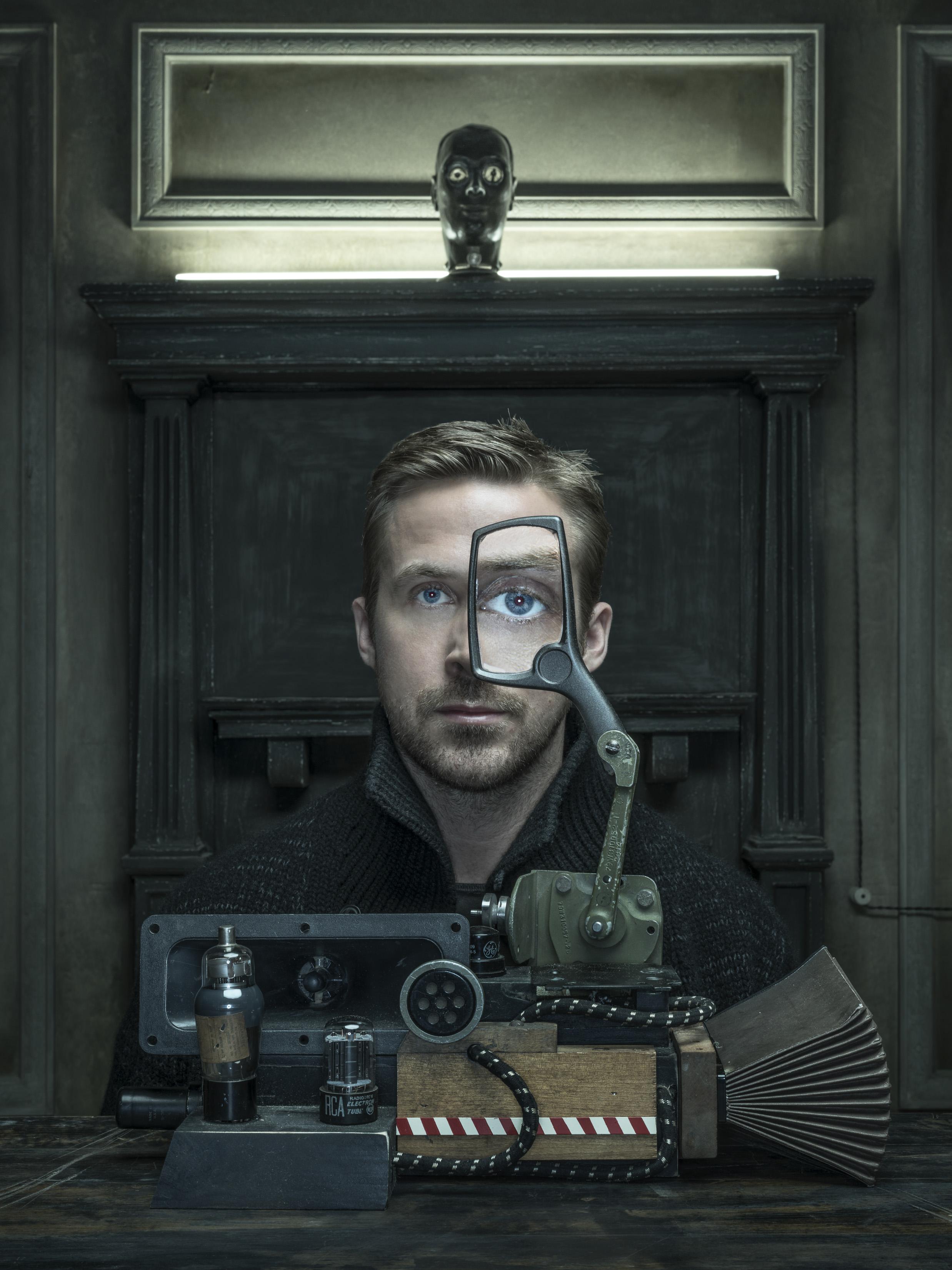






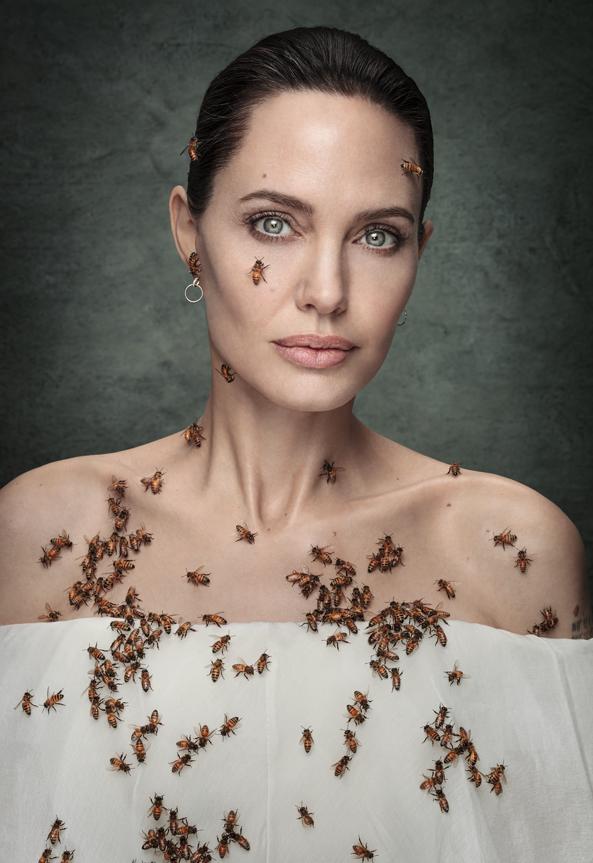
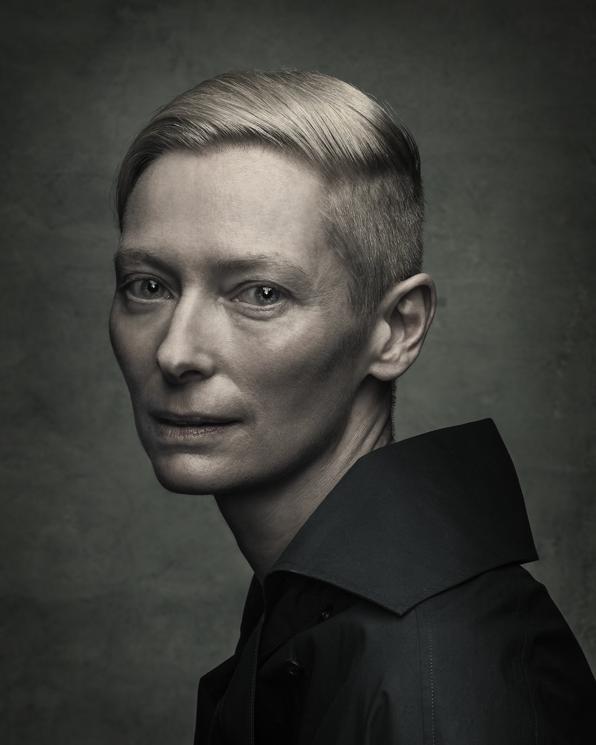

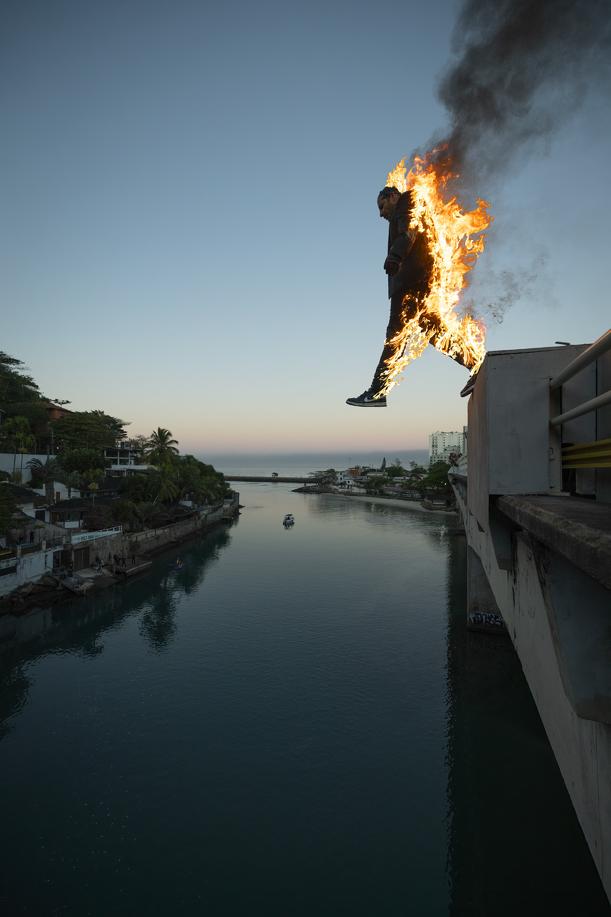
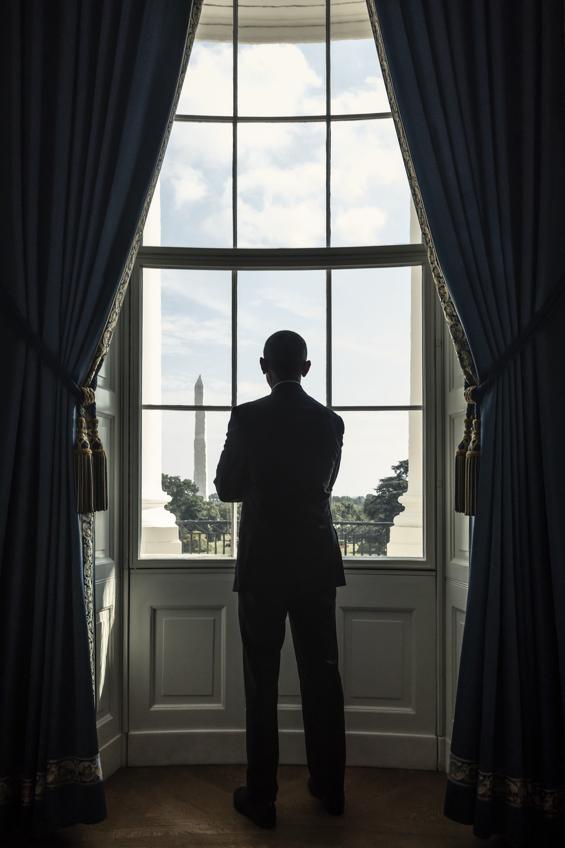

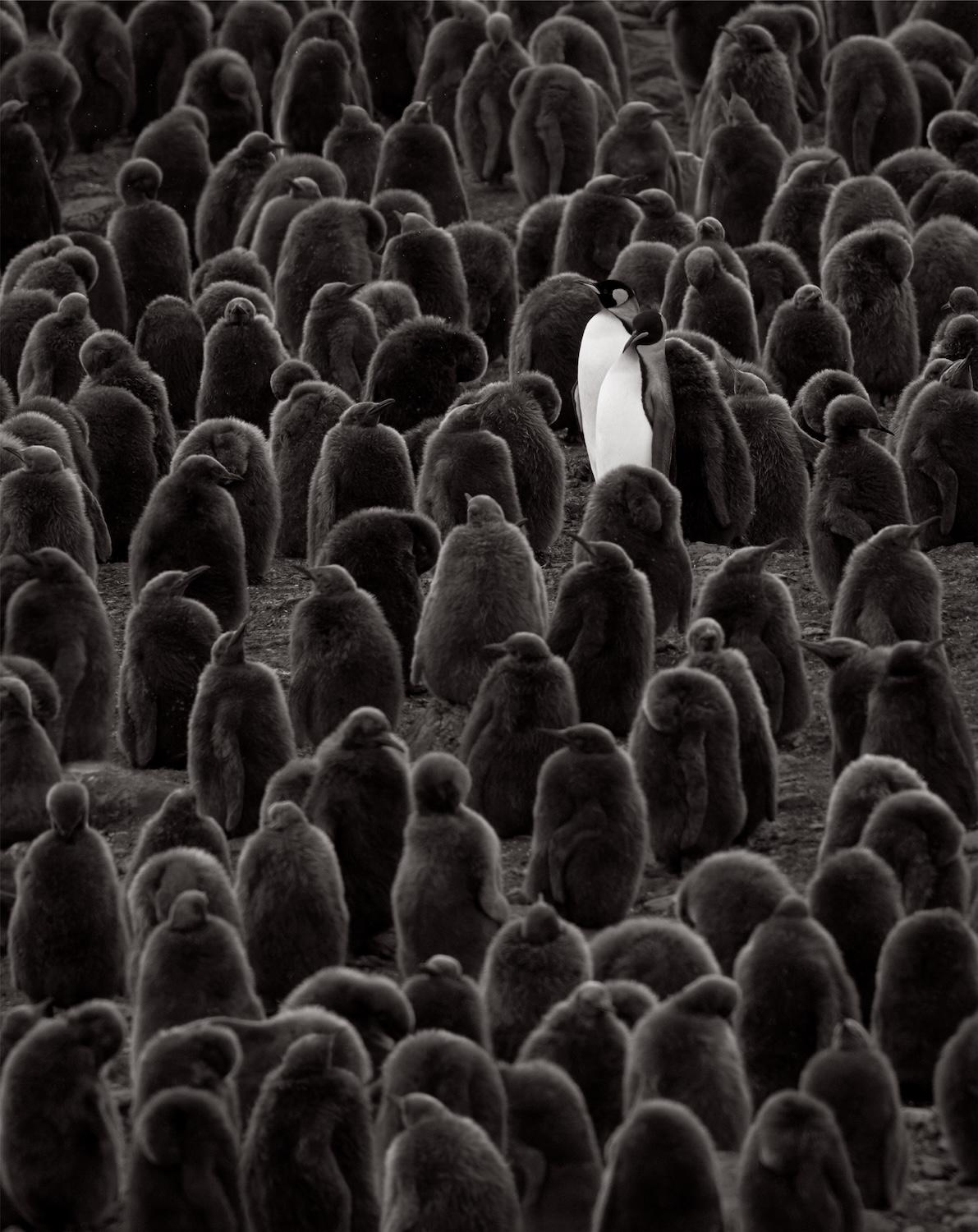




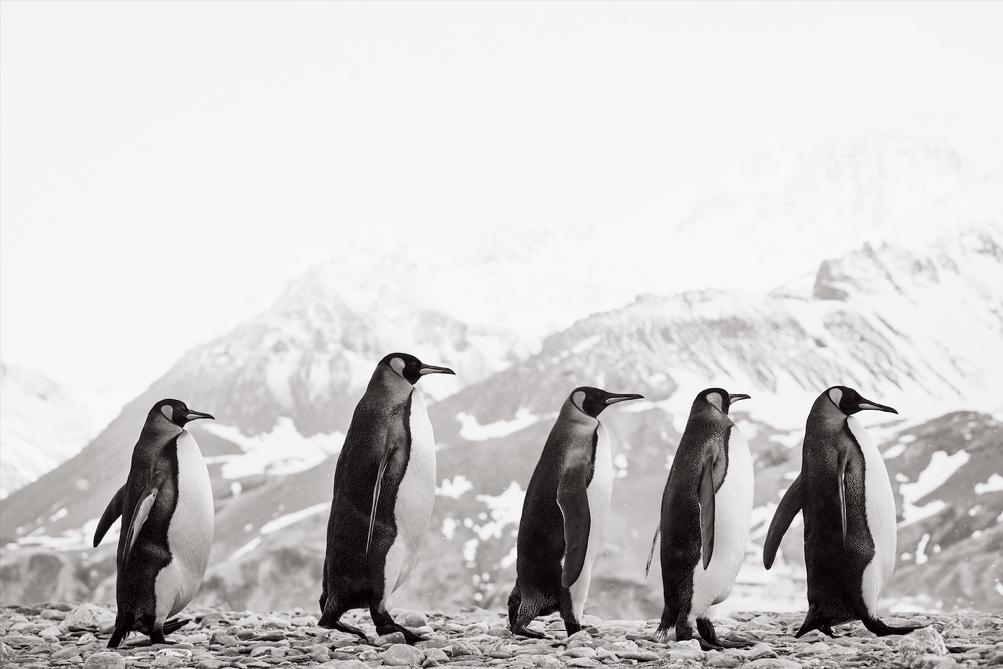


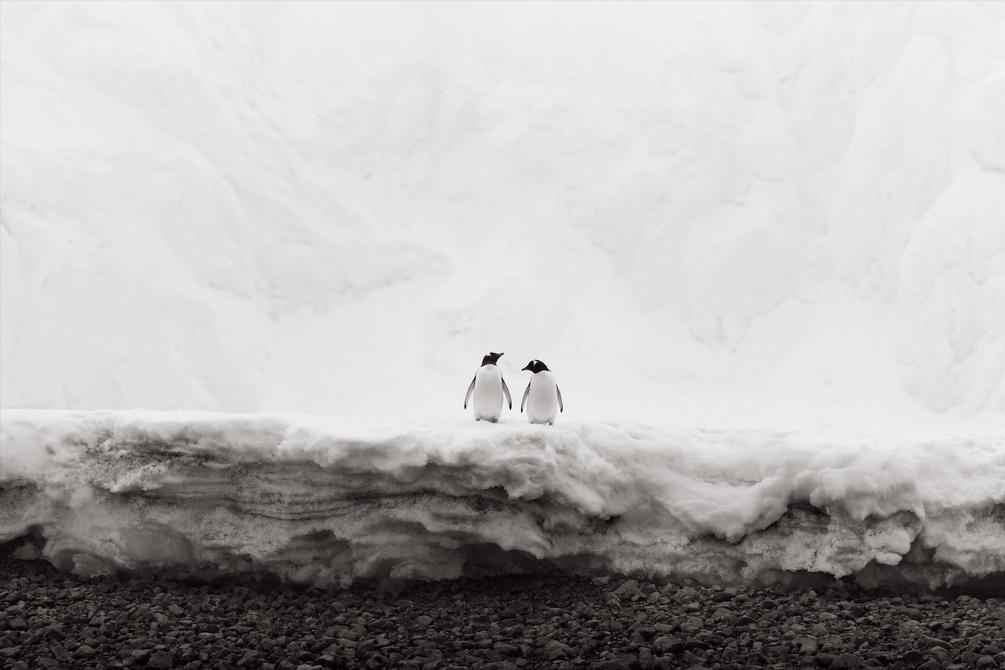
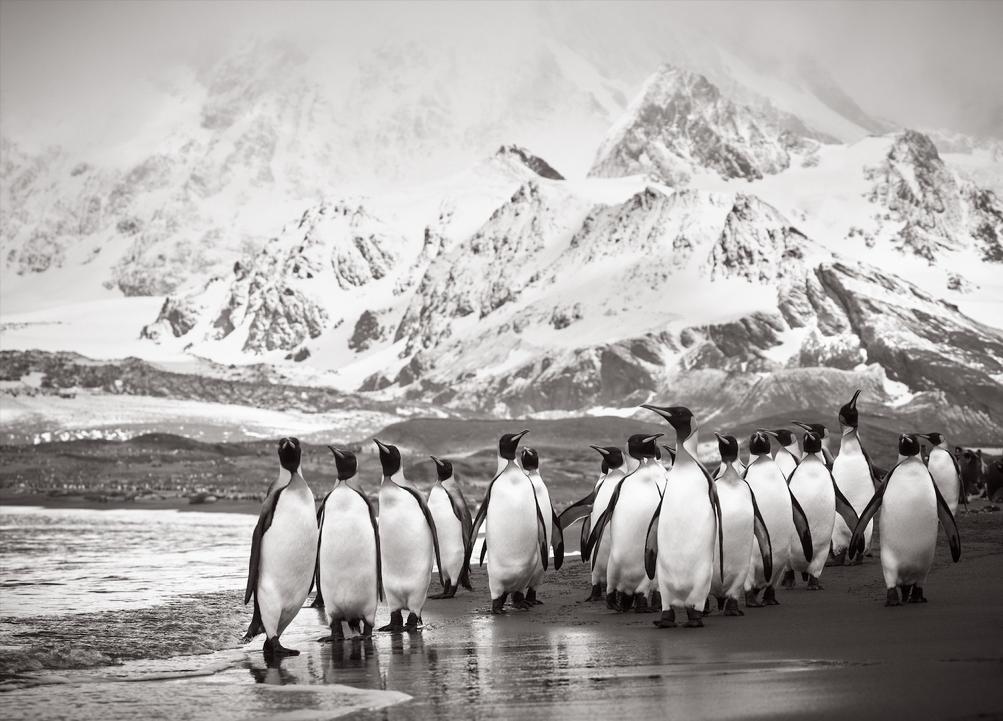
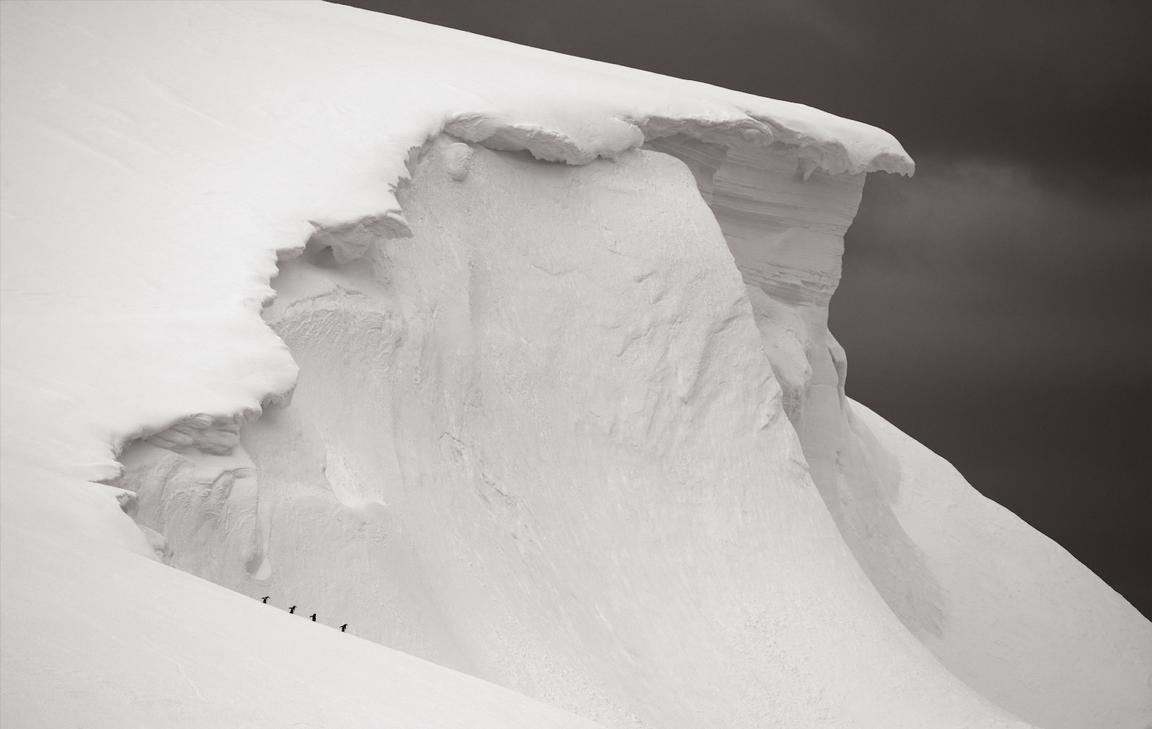
by Photographize
For over 25 years, Martin Schoeller has pursued an uncompromising vision: to strip portraiture of artifice and confront us with the human face in all its layered, unguarded truth. Best known for his hyper-detailed “Close Up” series—which renders every line, pore, and micro-expression with equal intensity—Schoeller’s work has become instantly recognizable. But his practice is far from rigid. Whether capturing presidents, athletes, actors, or everyday people, he adapts his approach to embrace not just stark realism but also irony, humor, and storytelling. Across it all runs a single thread: an insistence on seeing people without illusion.
That insistence began with a problem. Inspired in 1991 by Bernd and Hilla Becher’s typologies of water towers—systematic, identical, uninflected—Schoeller tried to photograph people with the same cold uniformity. But the results felt sterile, stripping away individuality instead of revealing it. So he refined his technique: consistent framing, Kino Flo lights for luminous eyes, shallow depth of field to soften but not flatter. The result is both confrontational and intimate—an uncomfortably close gaze that refuses to privilege the famous over the anonymous.

These signature close-ups are instantly arresting on the page: Barack Obama’s resolute stare carries the same raw directness as a homeless Angeleno who sat in Schoeller’s makeshift street-corner studio. Taylor Swift’s polished glow is held to the same standard of honesty as the weathered lines on Arnold Schwarzenegger’s face. This democratic approach has underpinned Schoeller’s most ambitious projects, from documenting Holocaust survivors with unflinching respect, to raising over $75,000 with his portraits of people experiencing homelessness in Los Angeles— funding a new food coalition facility that now feeds hundreds daily.
But Schoeller’s work doesn’t stop at the dead-serious. Just as powerful are his conceptual portraits that use wit to probe performance and identity. In these images, Andy Cohen’s face is engulfed by manicured hands, turning celebrity into a playful spectacle. Jeff Koons appears ghostly white, crowned with riotous flowers, at once art object and self-aware participant in his own mythology. Gabby Douglas stretches impossibly across a suburban staircase, turning athletic discipline into a quiet surrealist vignette. Tony Hawk balances on a skateboard atop a kitchen counter, domestic chaos frozen in perfect compositional calm. These portraits reveal that even the most staged moments can be honest—if they’re willing to admit the absurdity in the performance.
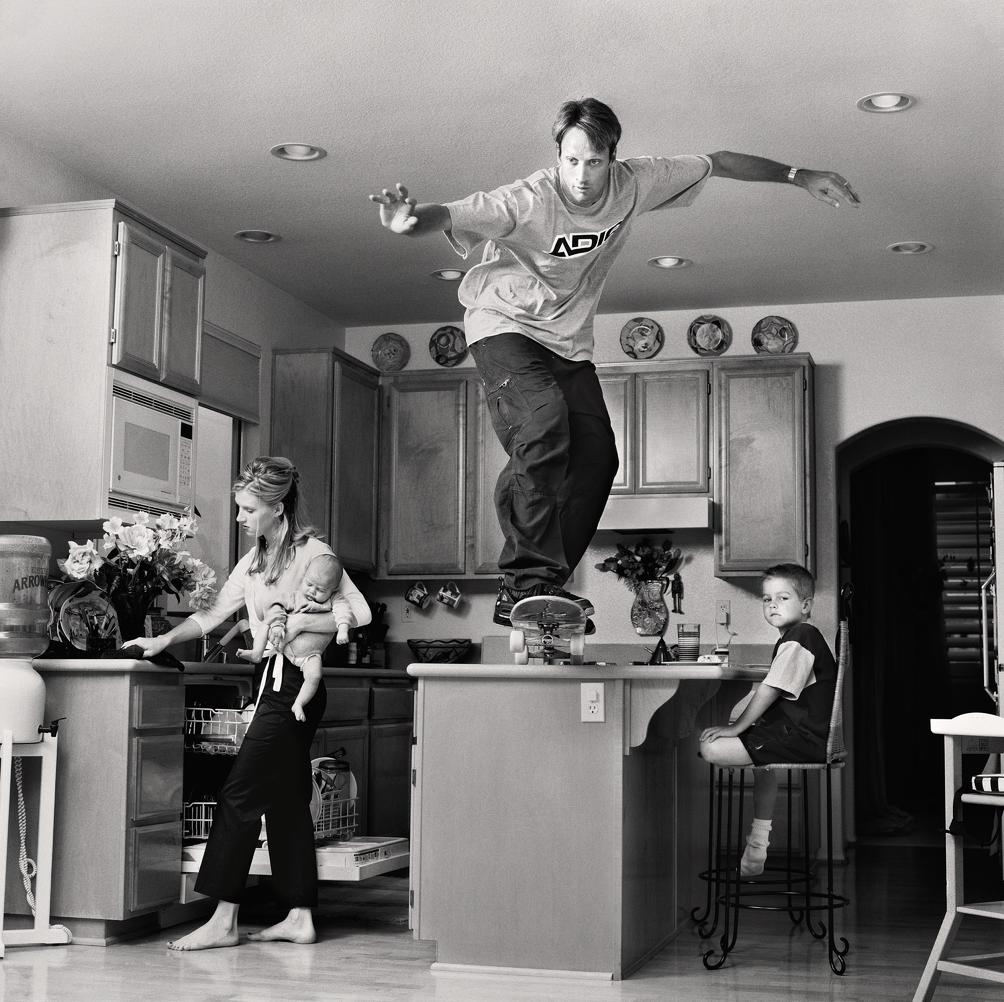
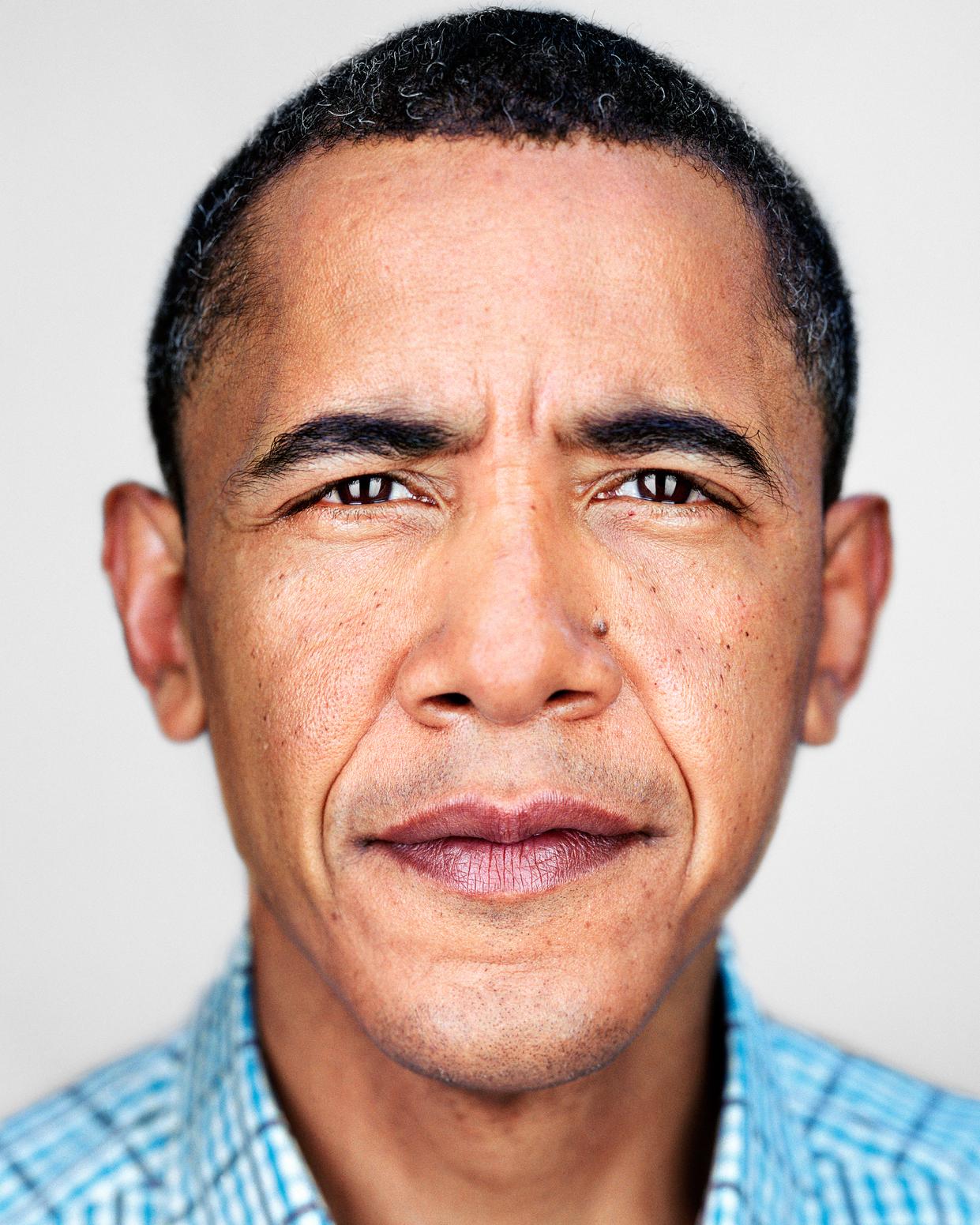

Crucially, Schoeller doesn’t let himself off the hook. He knows that to photograph is also to choose, to frame, to impose a narrative—even when the goal is equality. When working with people on the margins, he has grappled with his own biases and responsibilities. How do you avoid turning suffering into spectacle? How do you ensure that vulnerability isn’t just consumed as another aesthetic? By pairing images with subjects’ candid stories, he’s sought to complicate viewers’ responses, reminding us that the truth in a portrait is never simple.
Even now, as he prepares new trips to document Indigenous communities and readies his forthcoming book Drag Queens!—which he describes as a “colorful and happy distraction” from his more solemn work—Schoeller’s commitment remains the same. Whether deploying minimalist precision or elaborate staging, he insists that portraiture can be an act of radical empathy. He doesn’t promise easy answers. Instead, he asks us to look longer, think harder, and see one another with a deeper, more demanding kind of honesty.
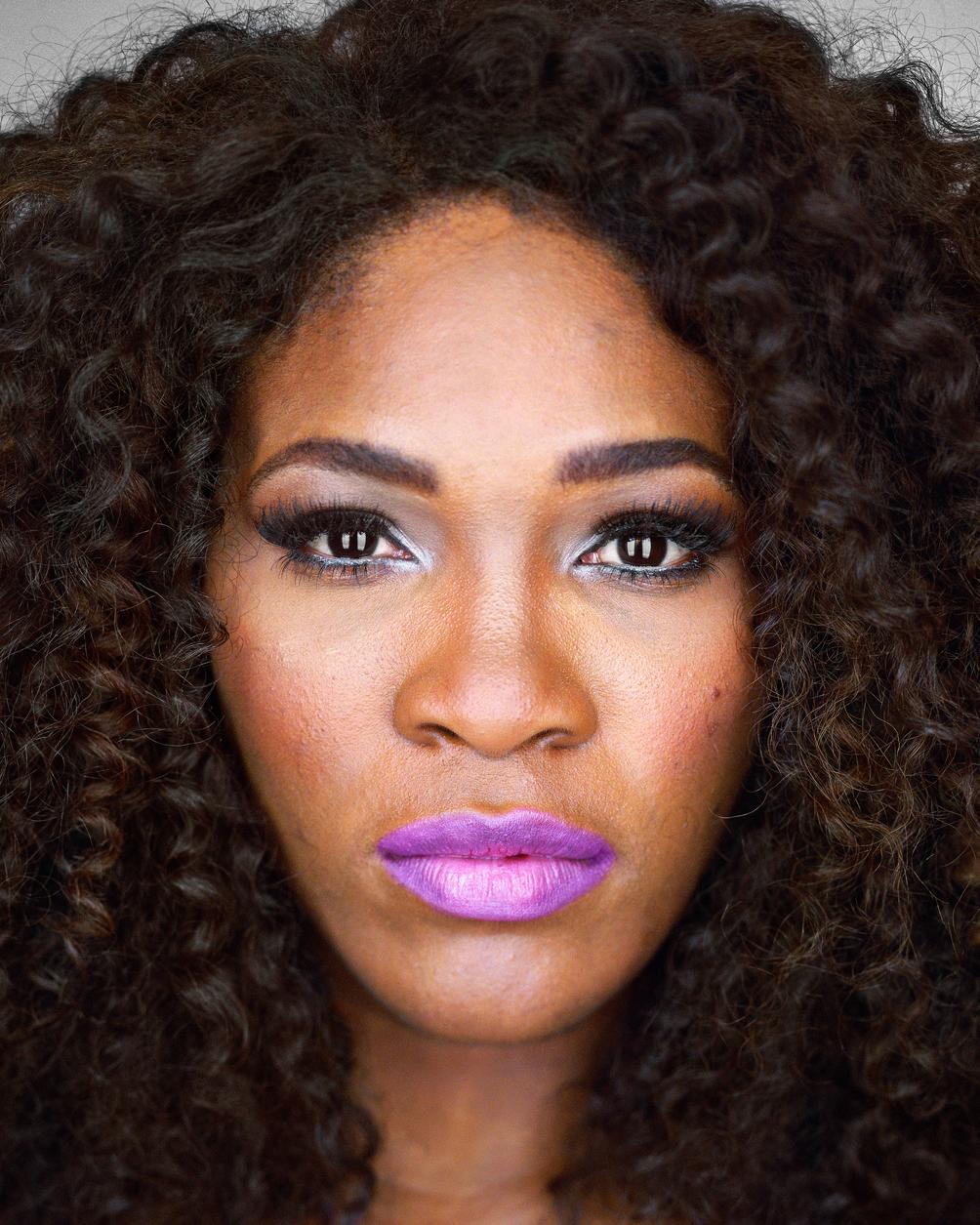

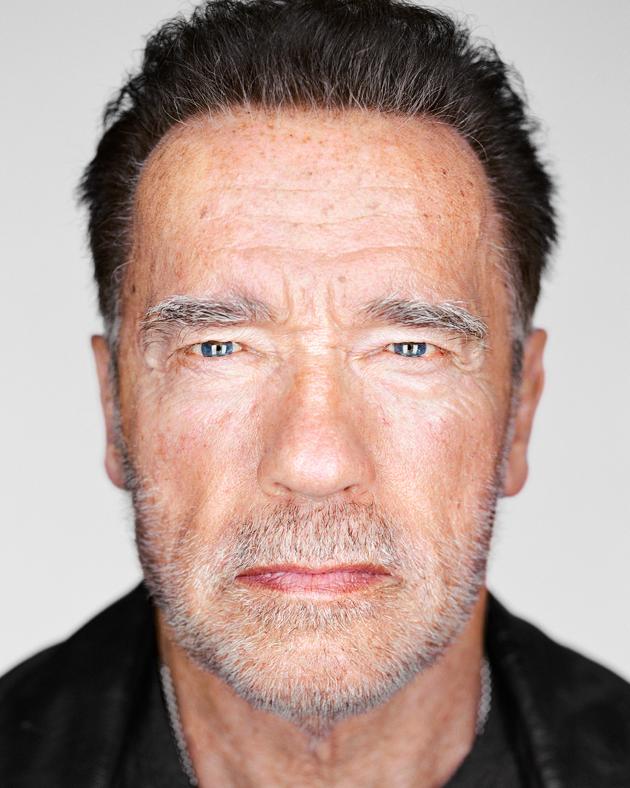



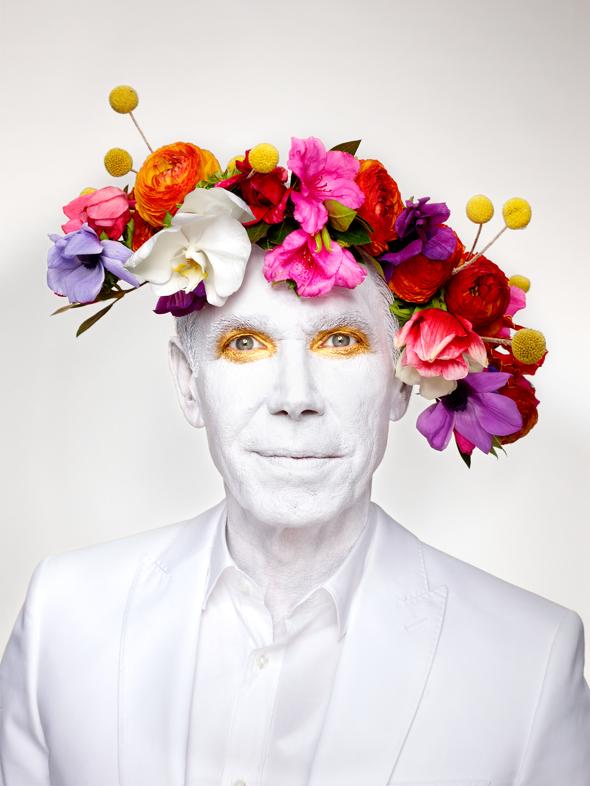
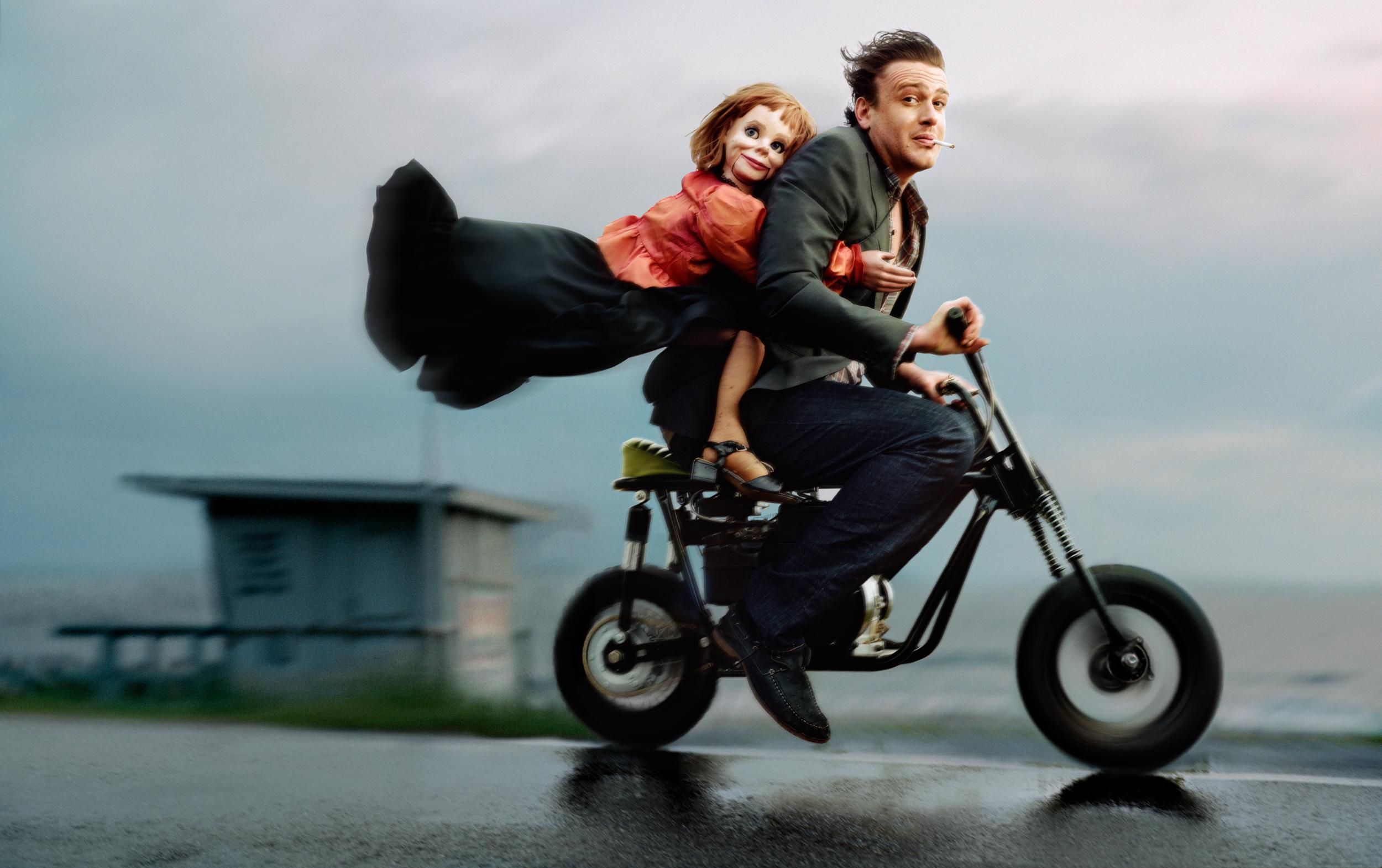

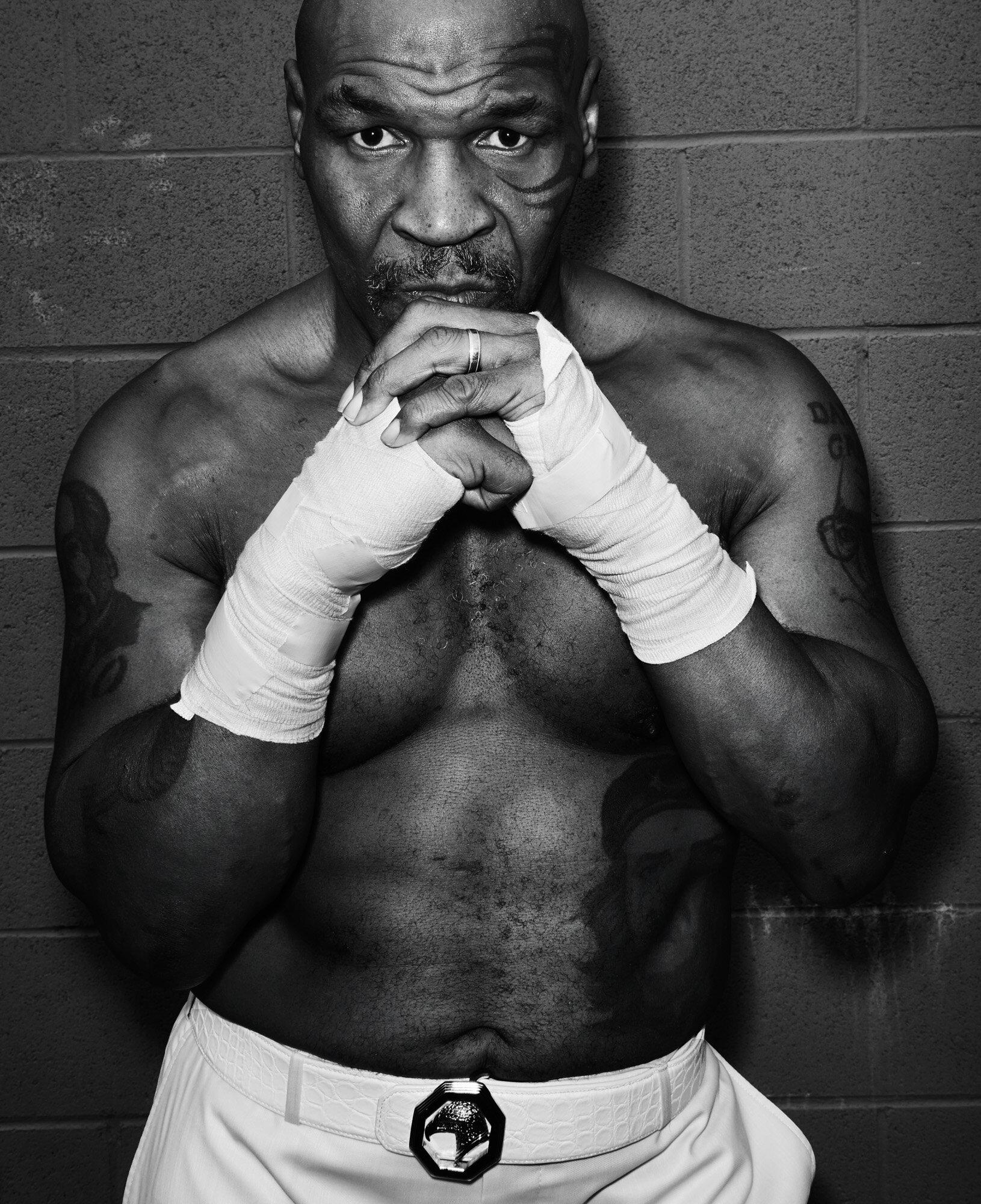
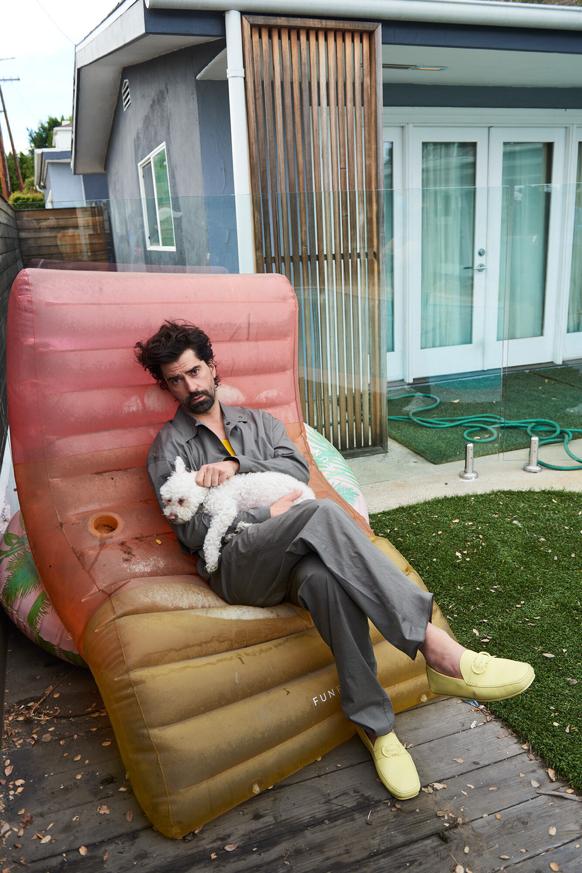

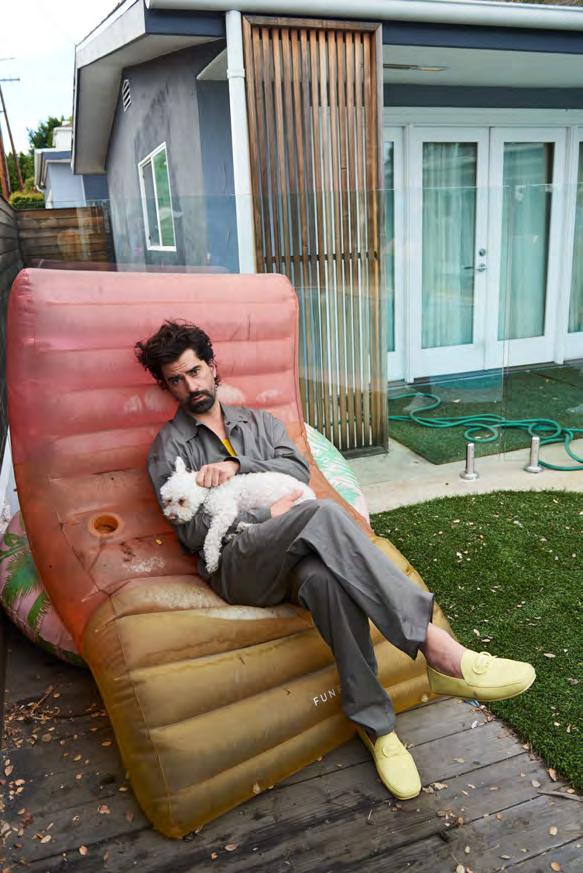
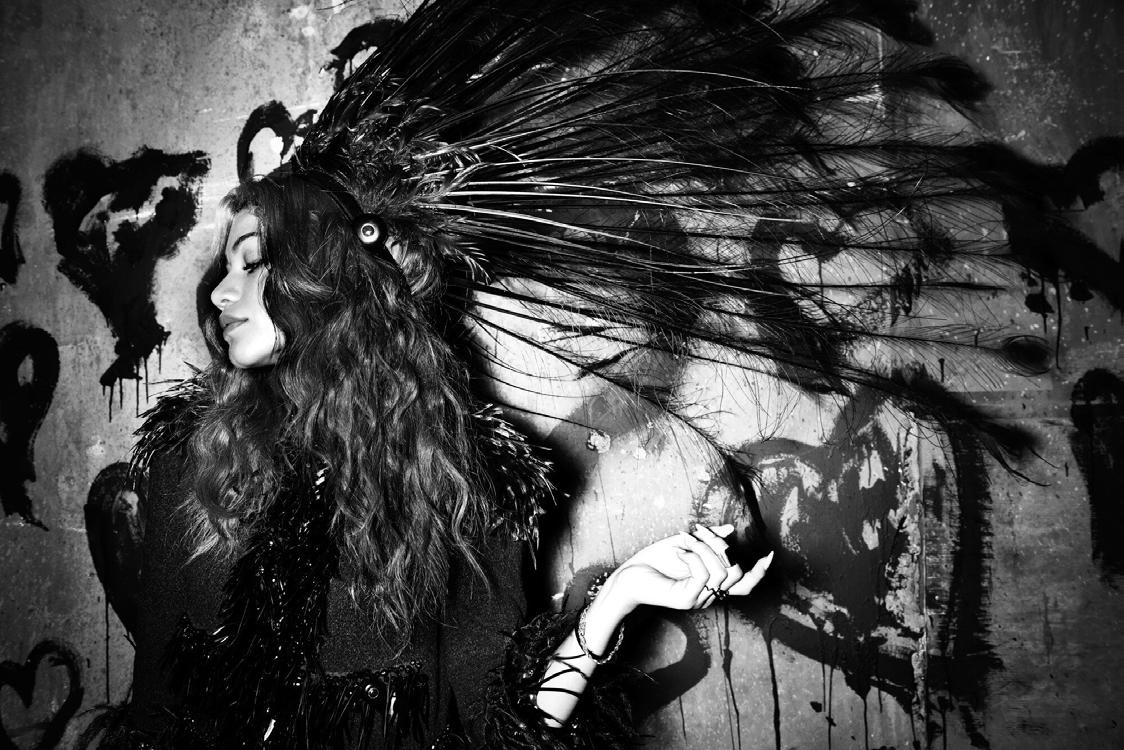

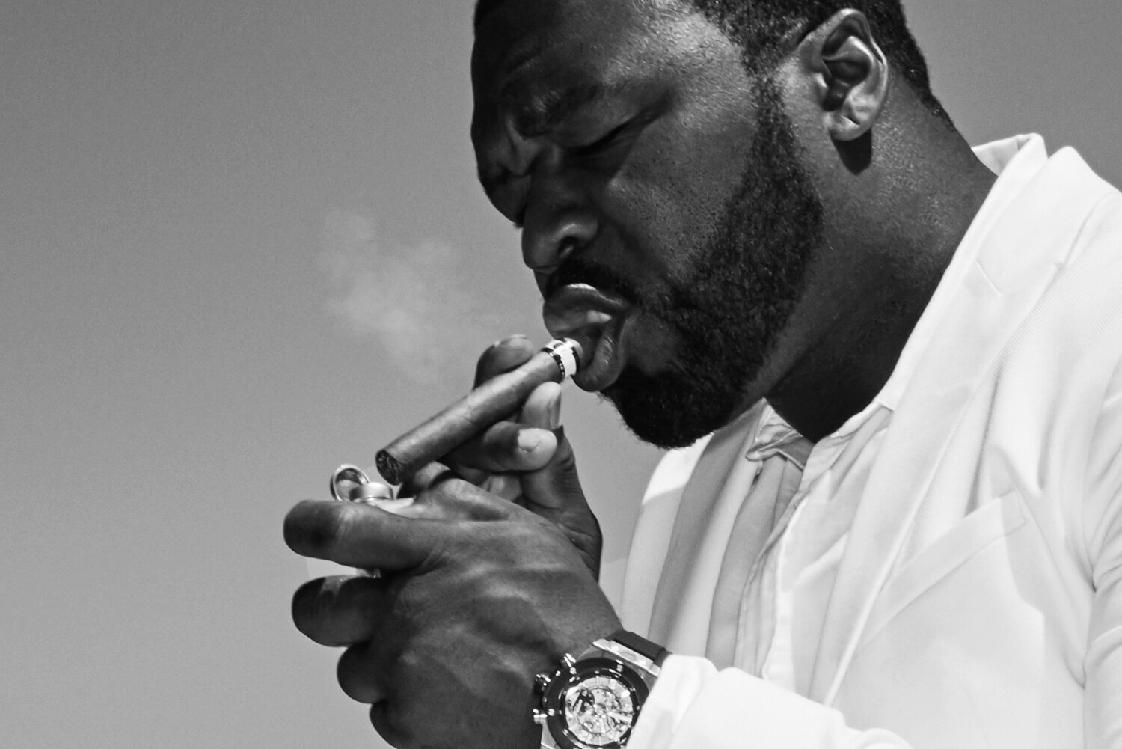





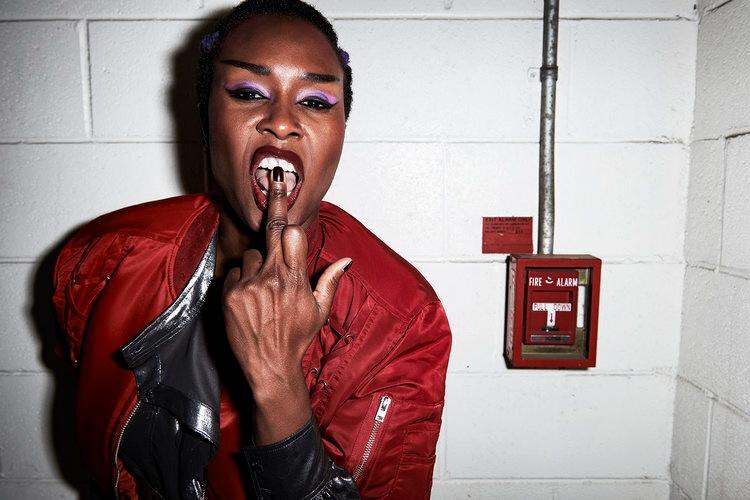



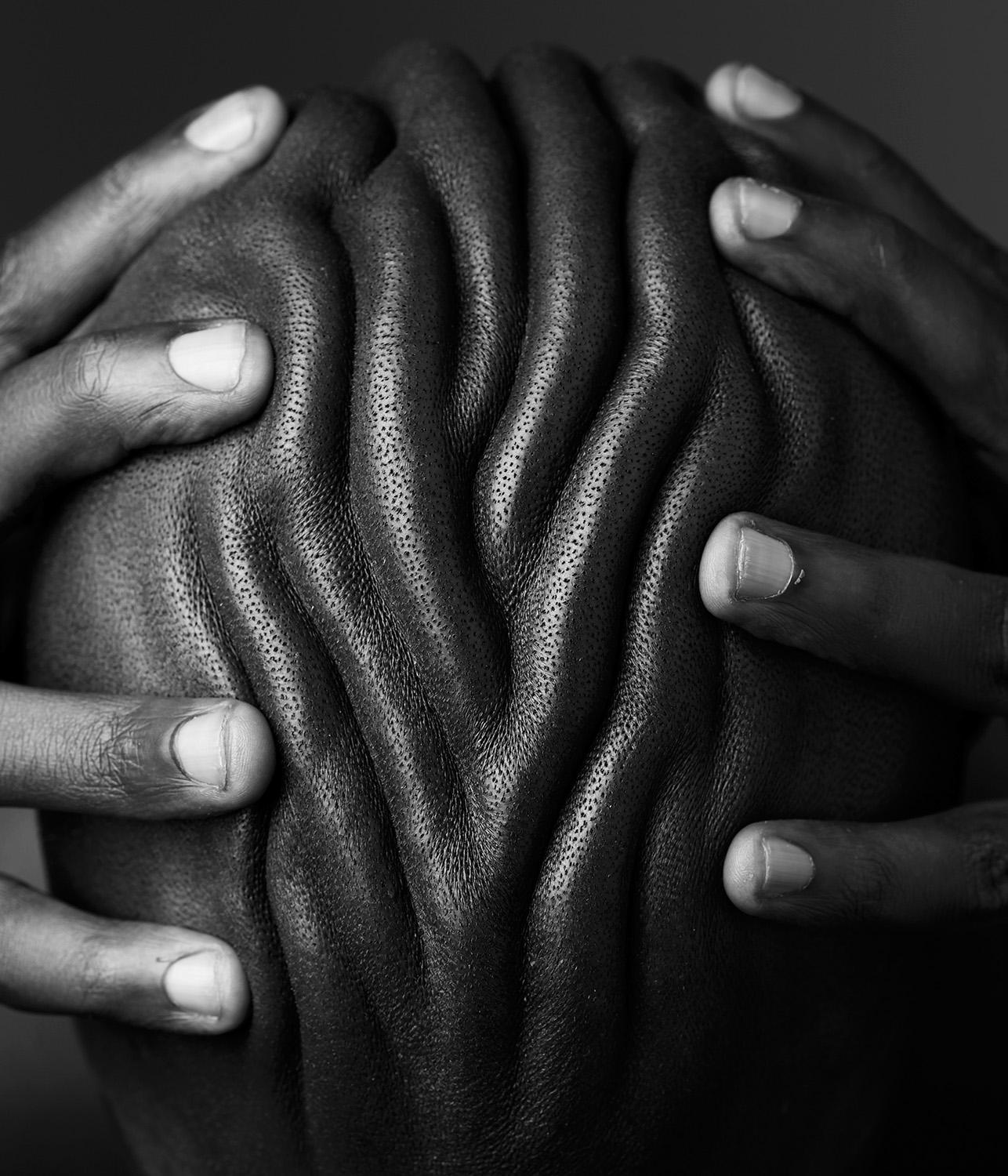
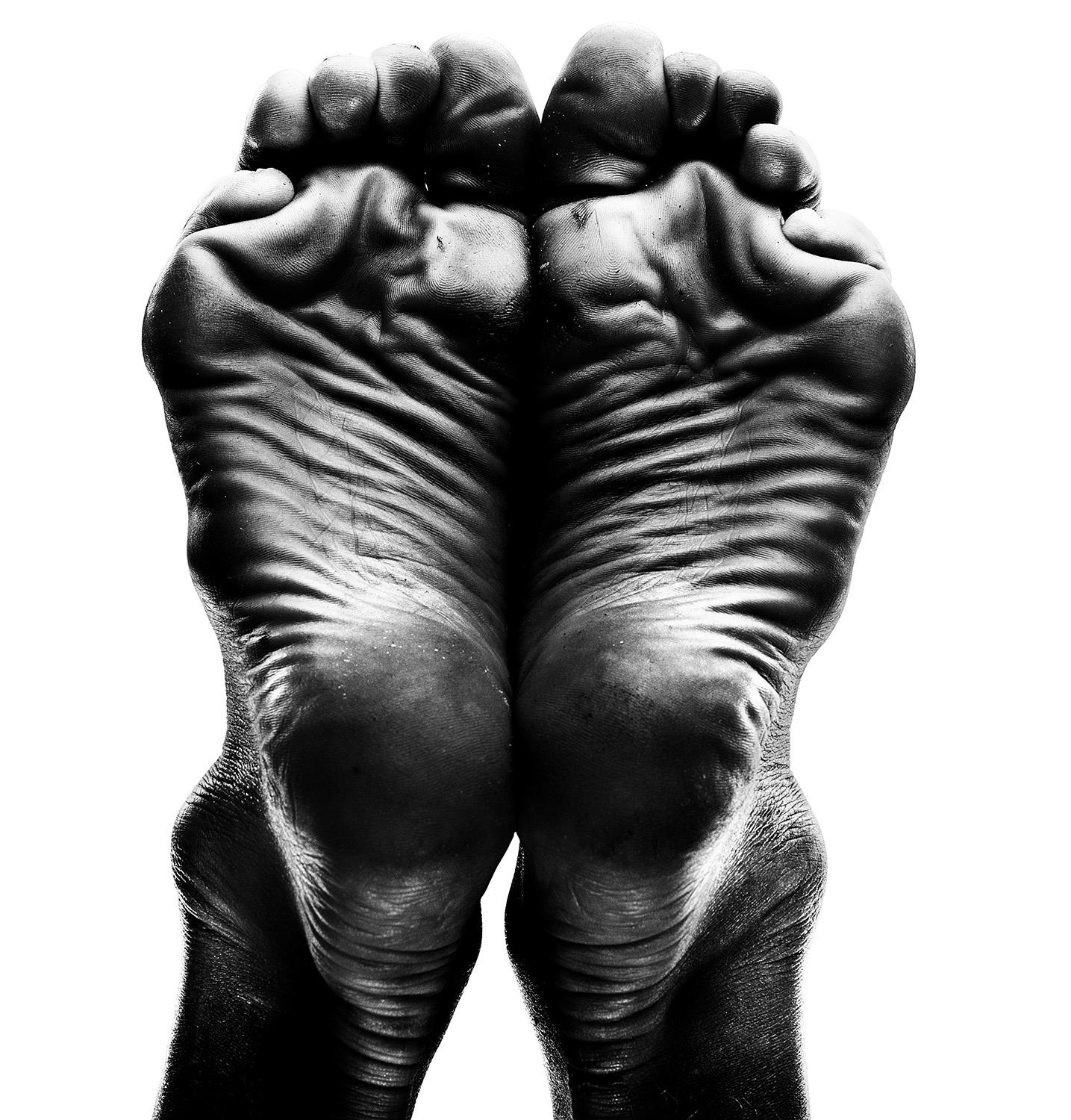
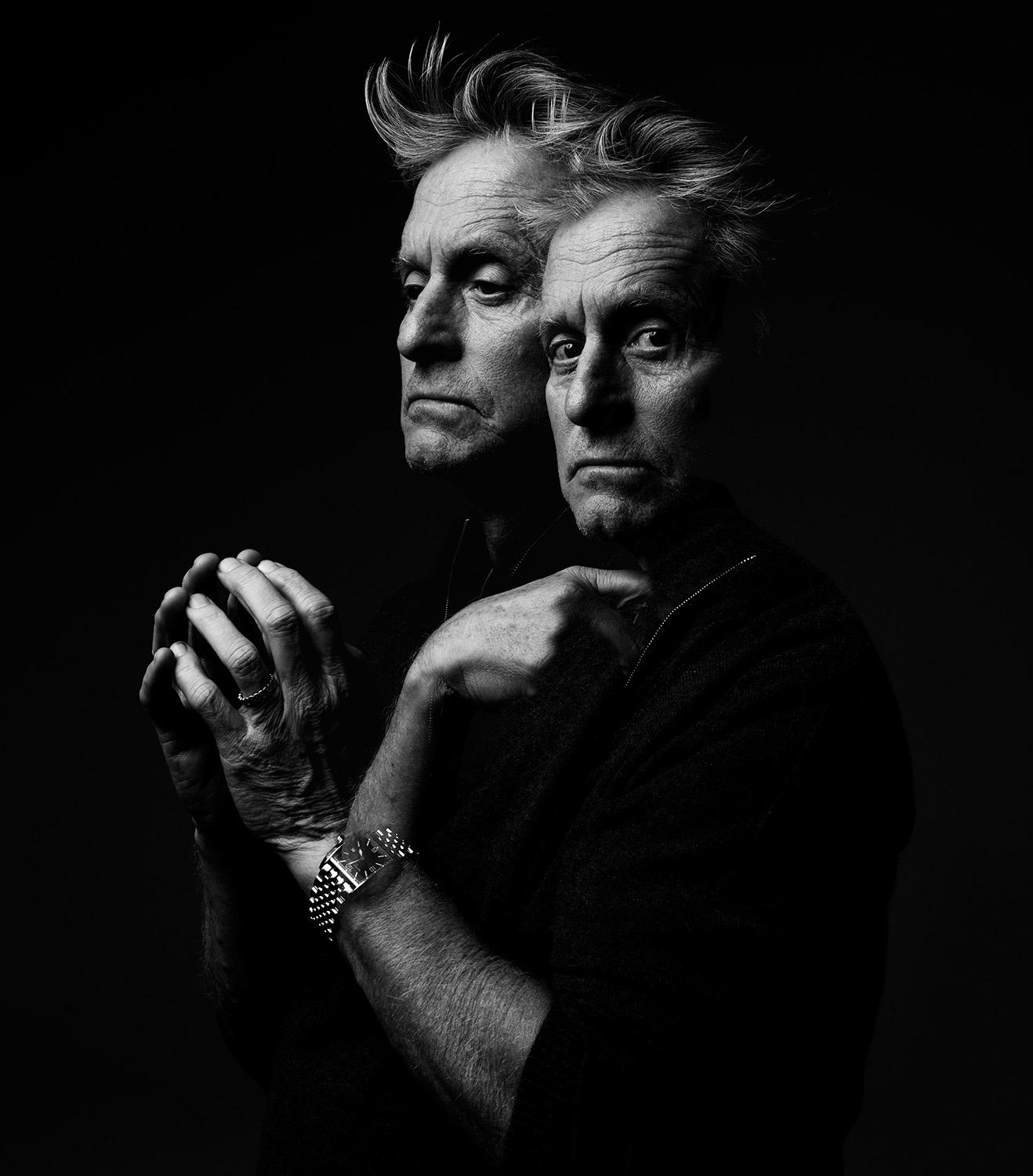


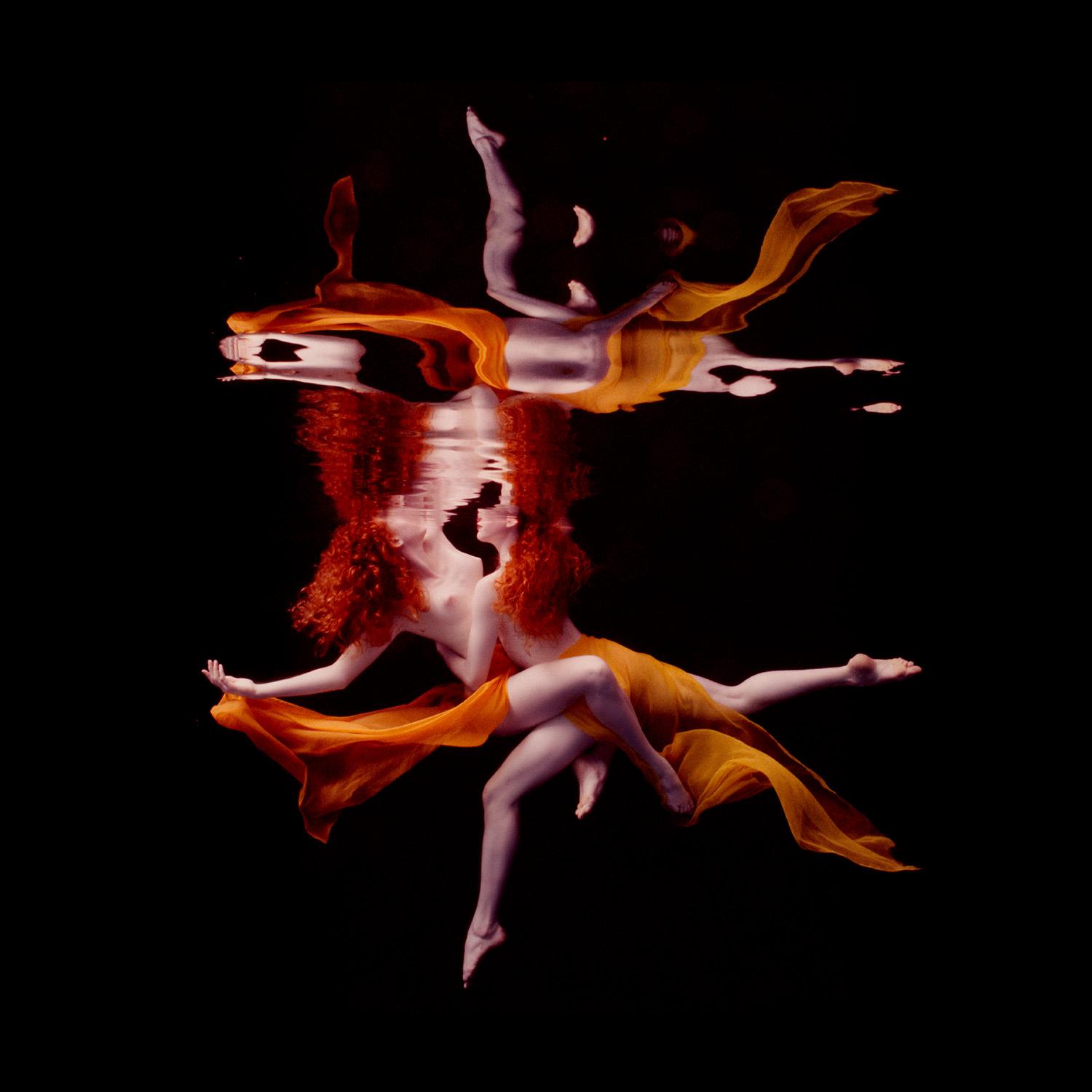





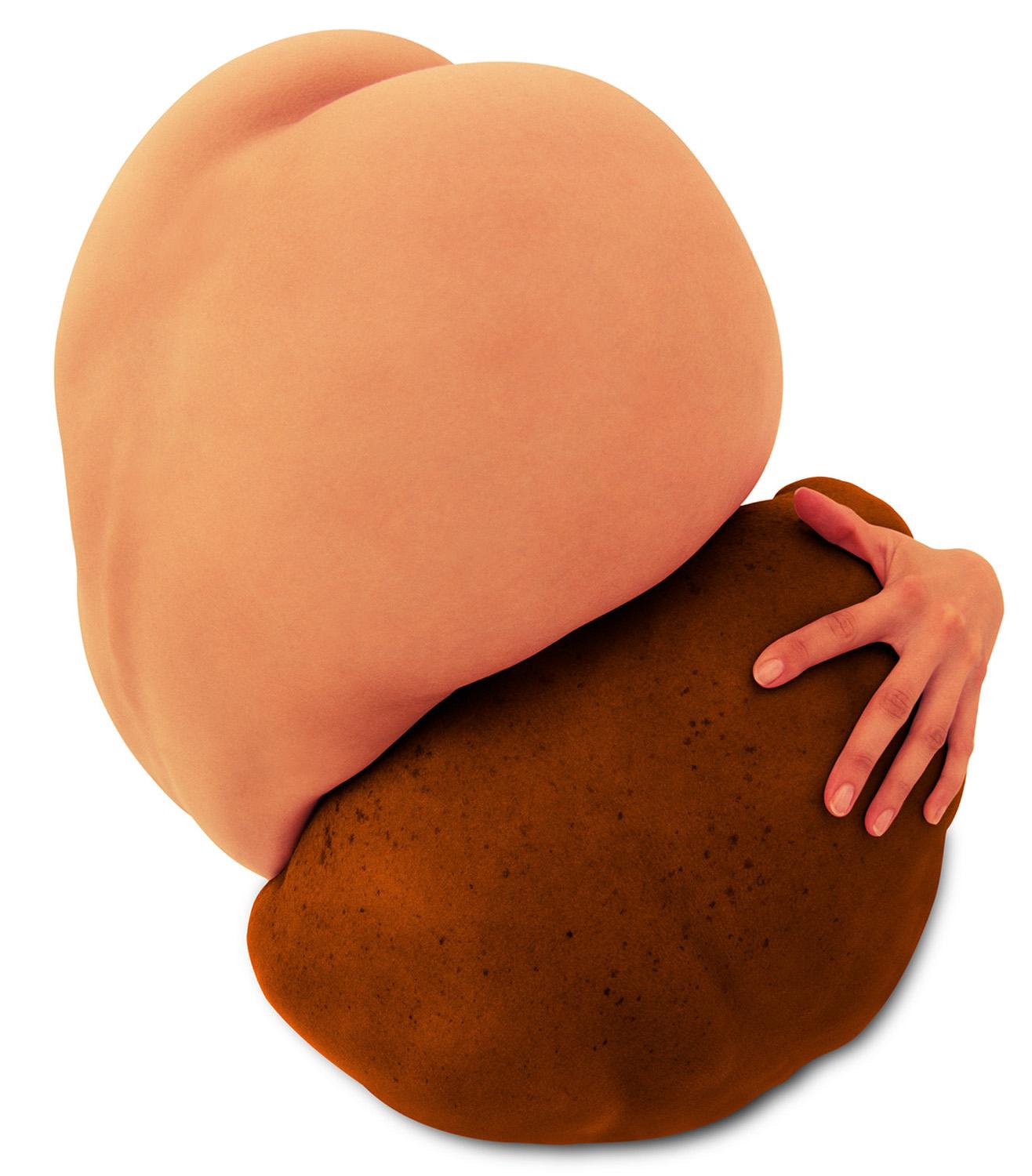





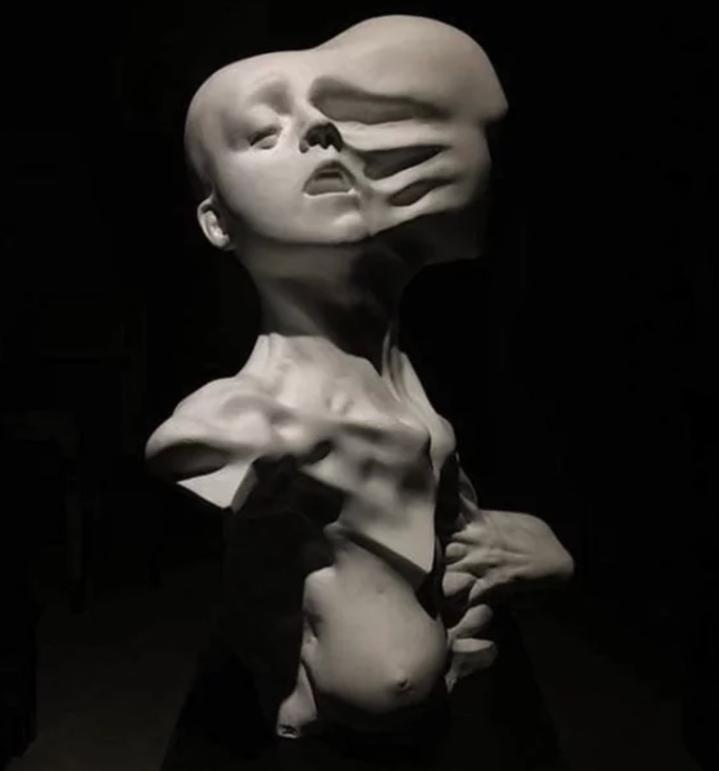

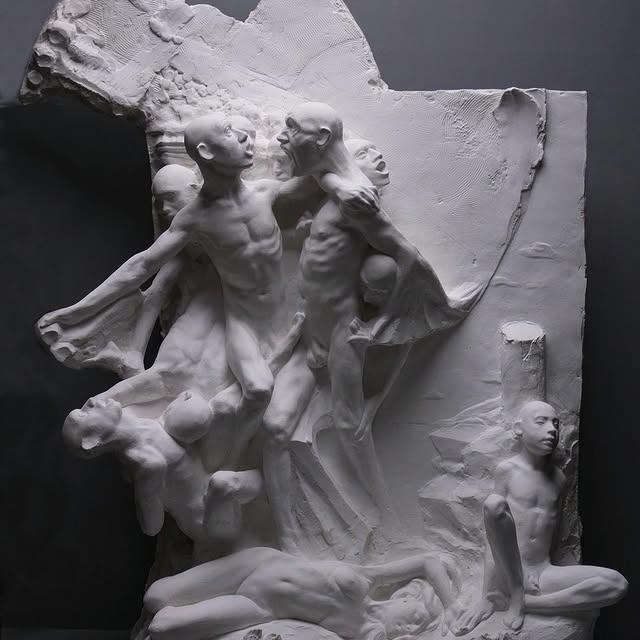
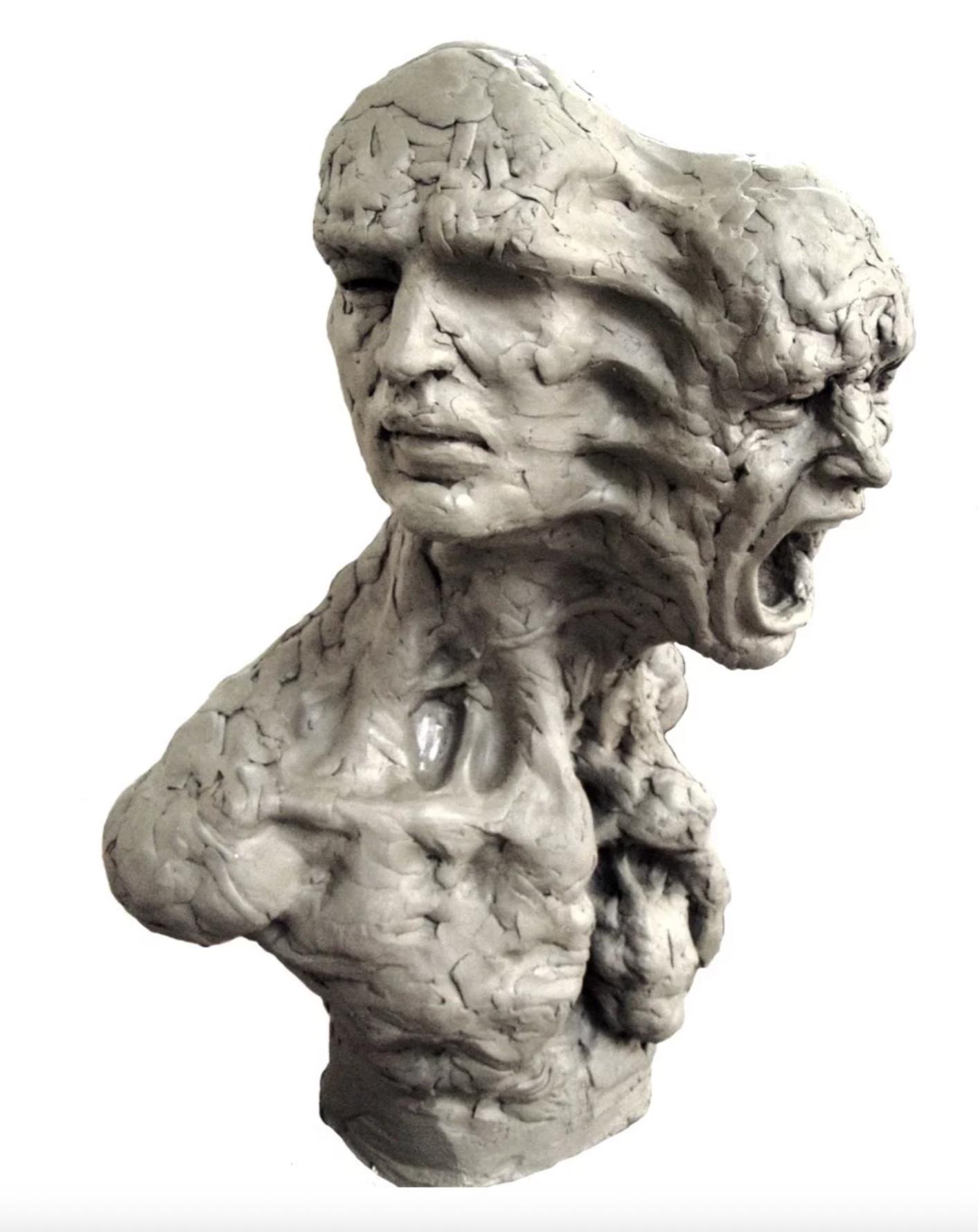


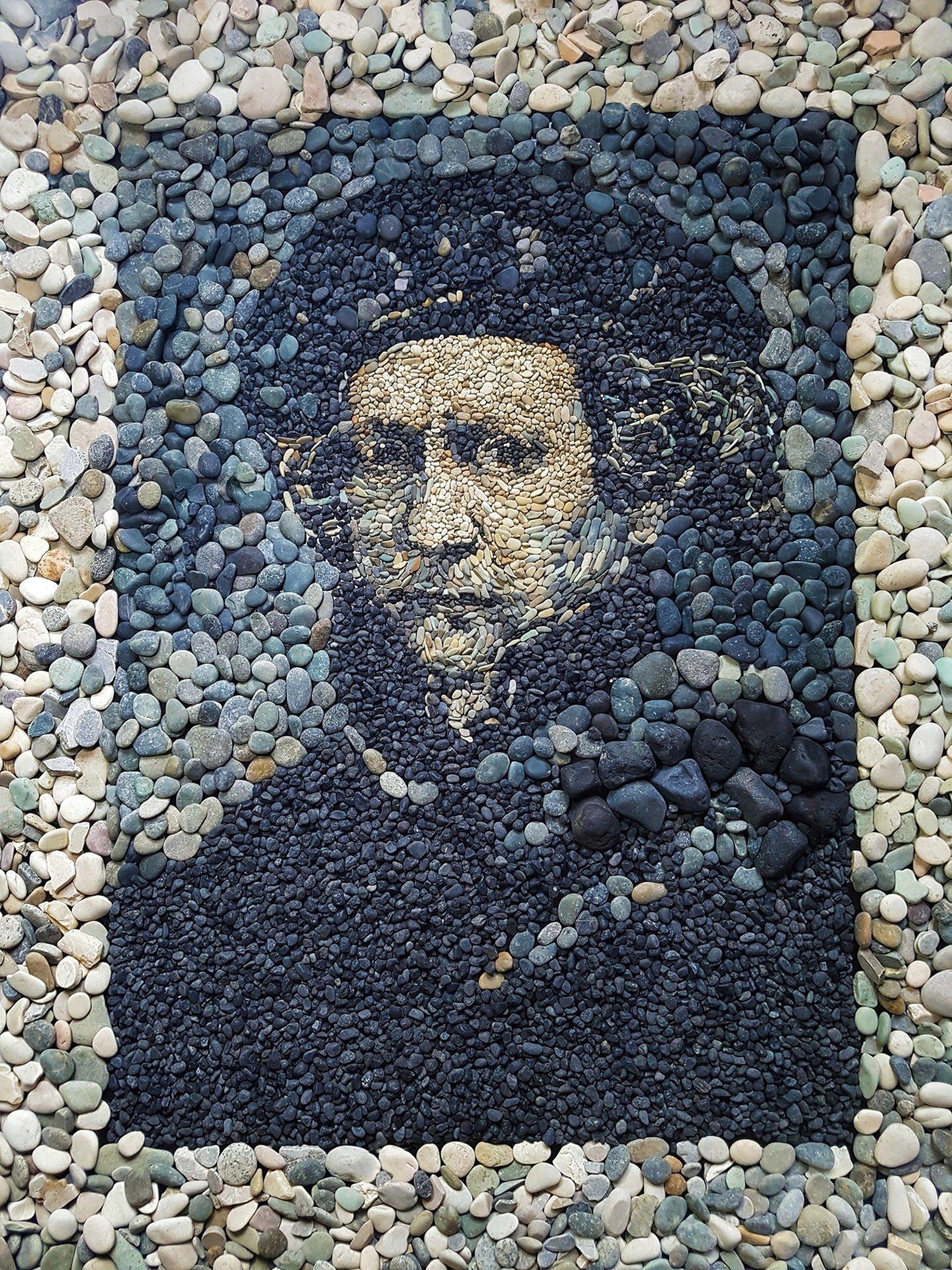
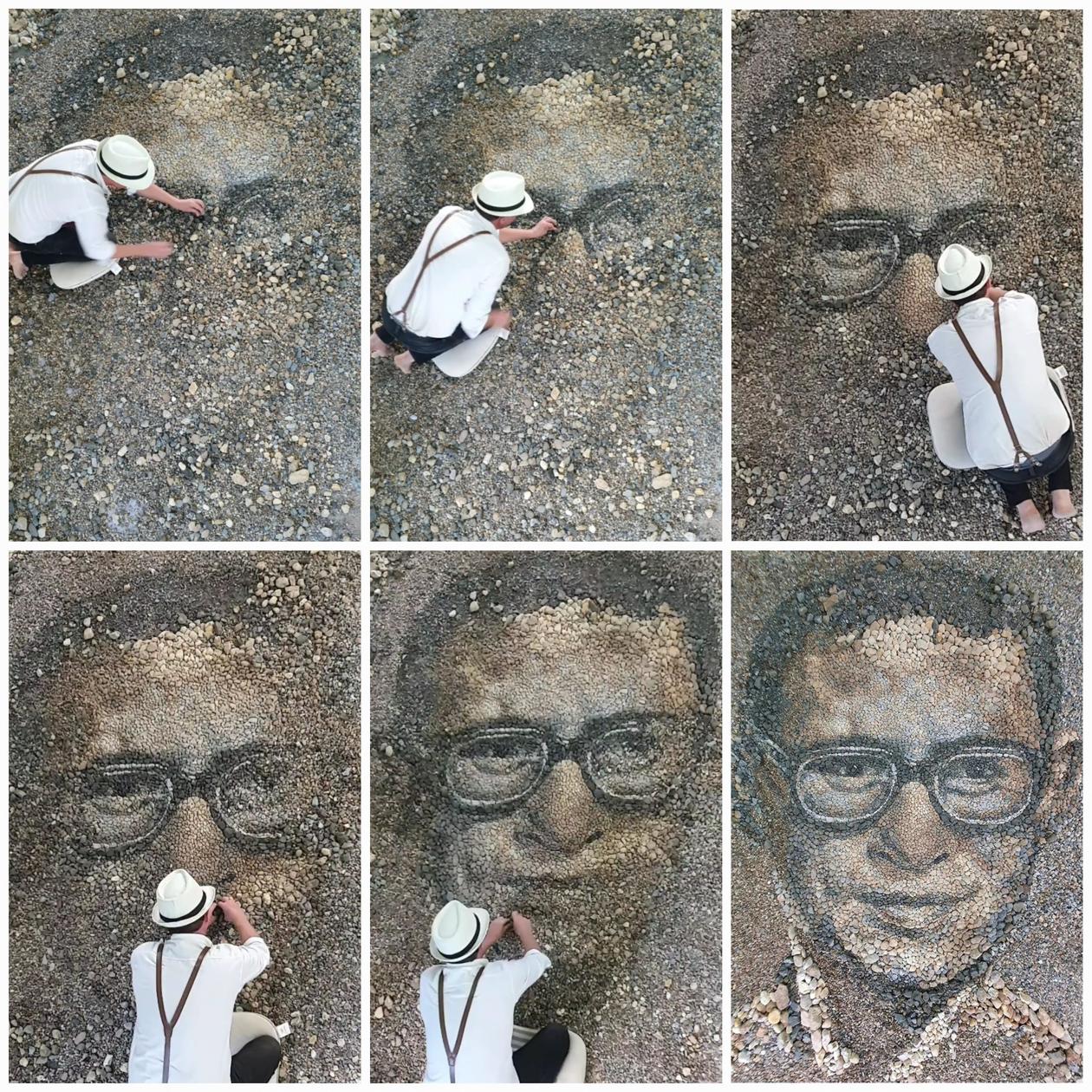

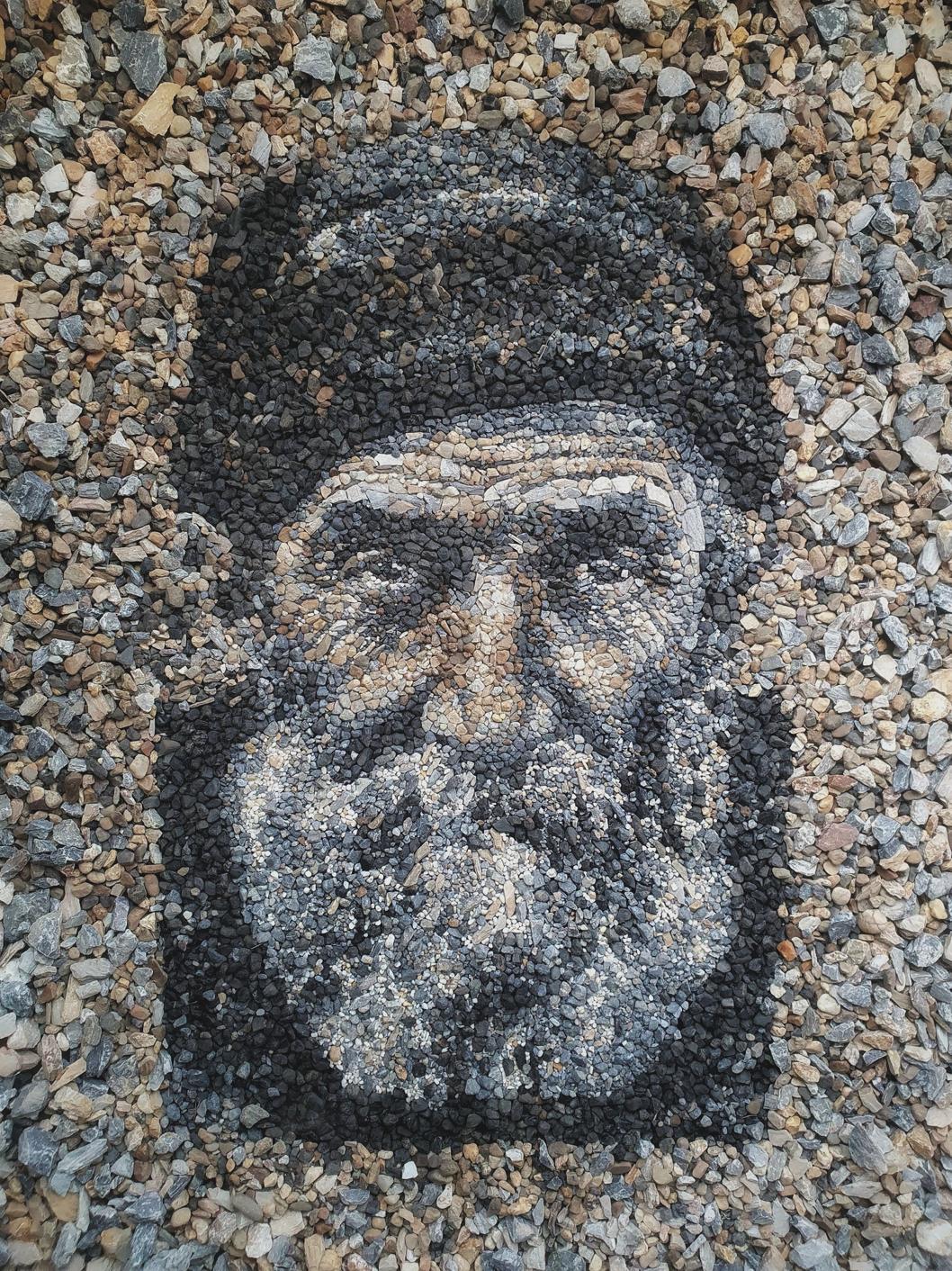
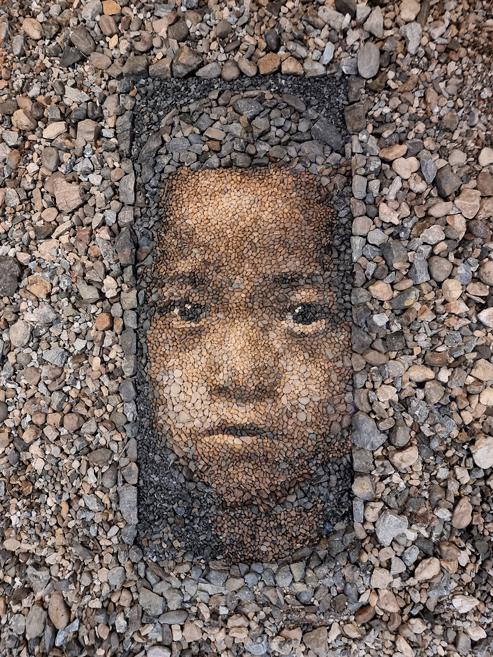

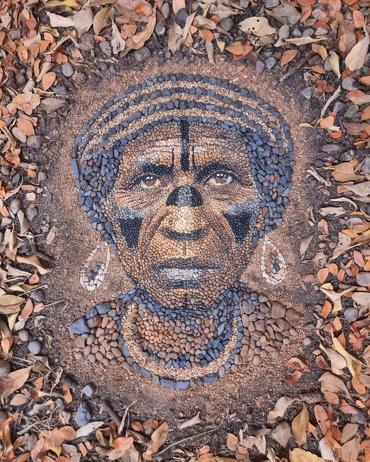
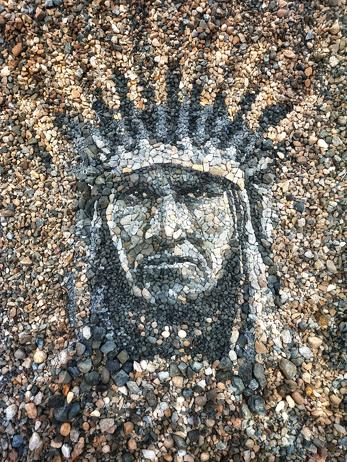

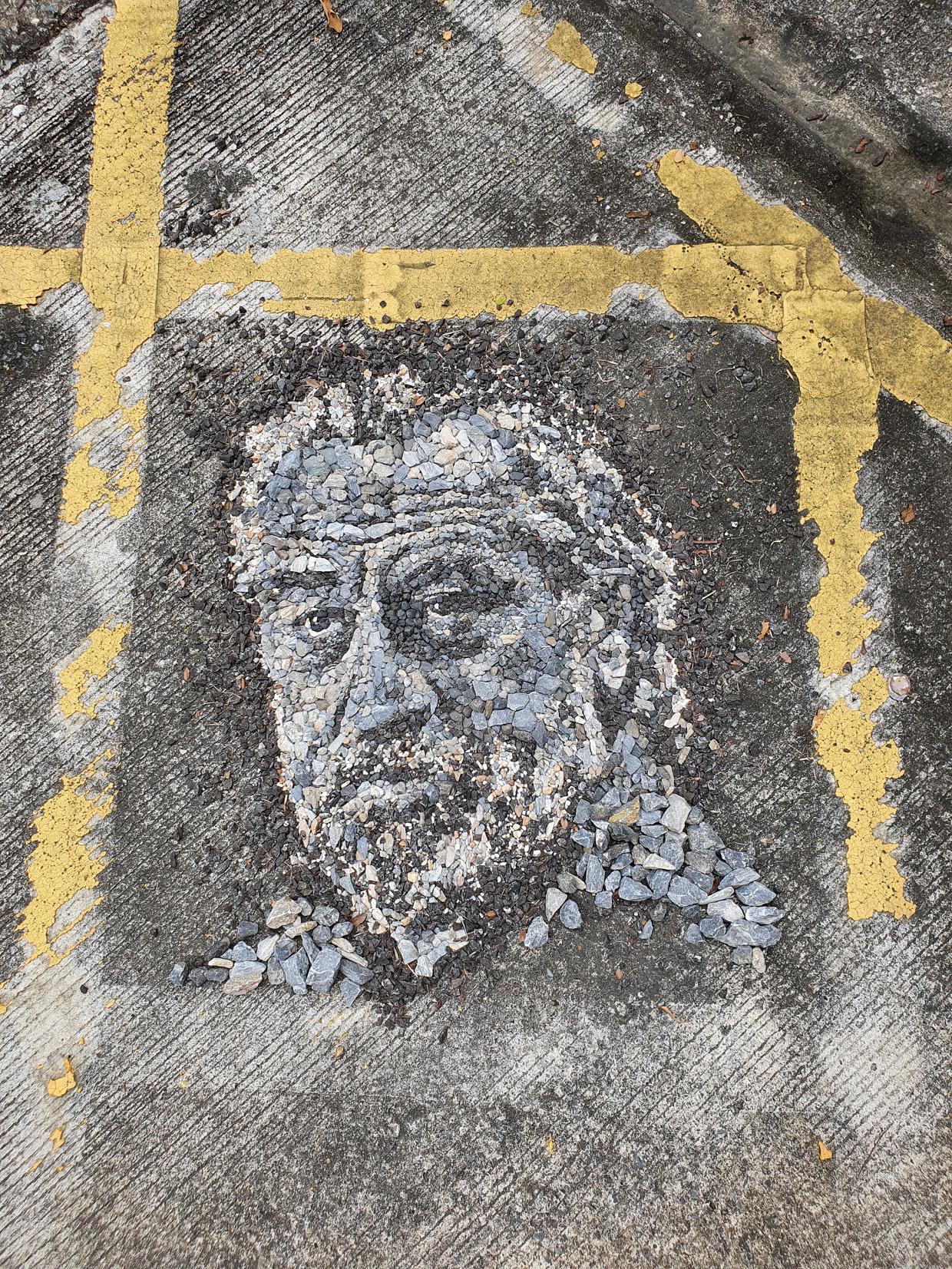
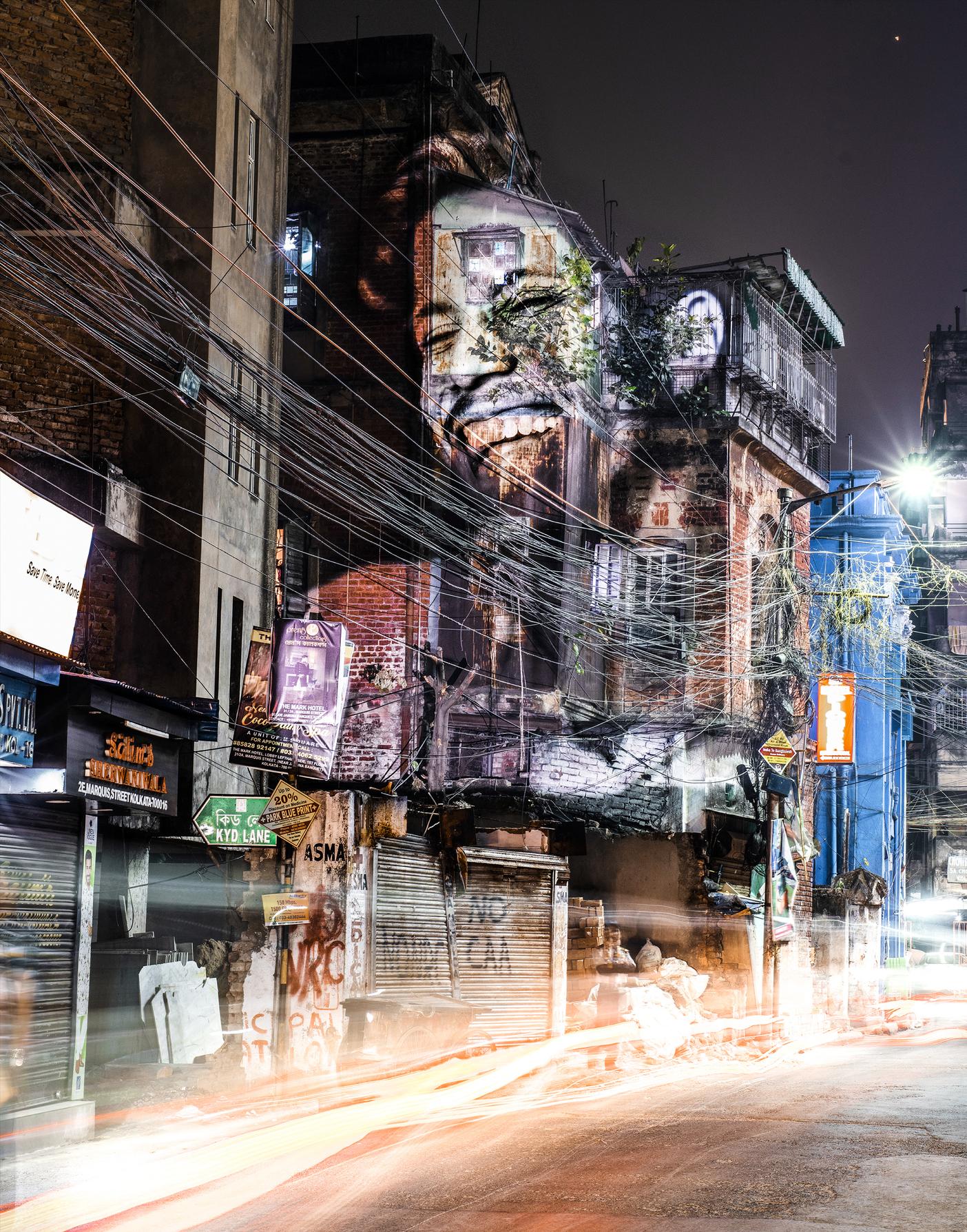

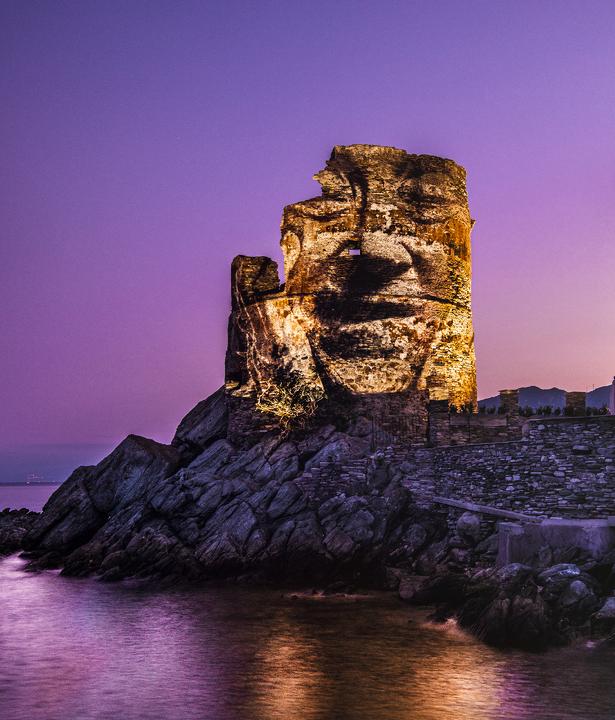
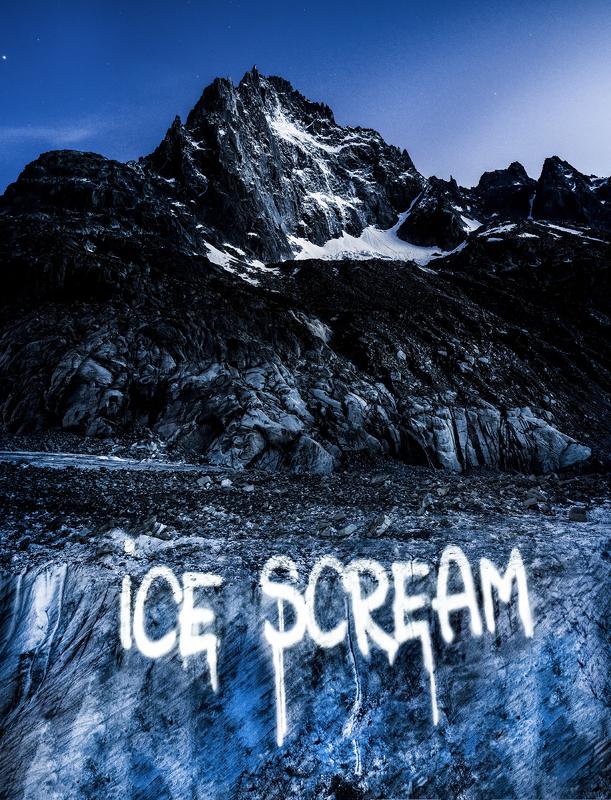
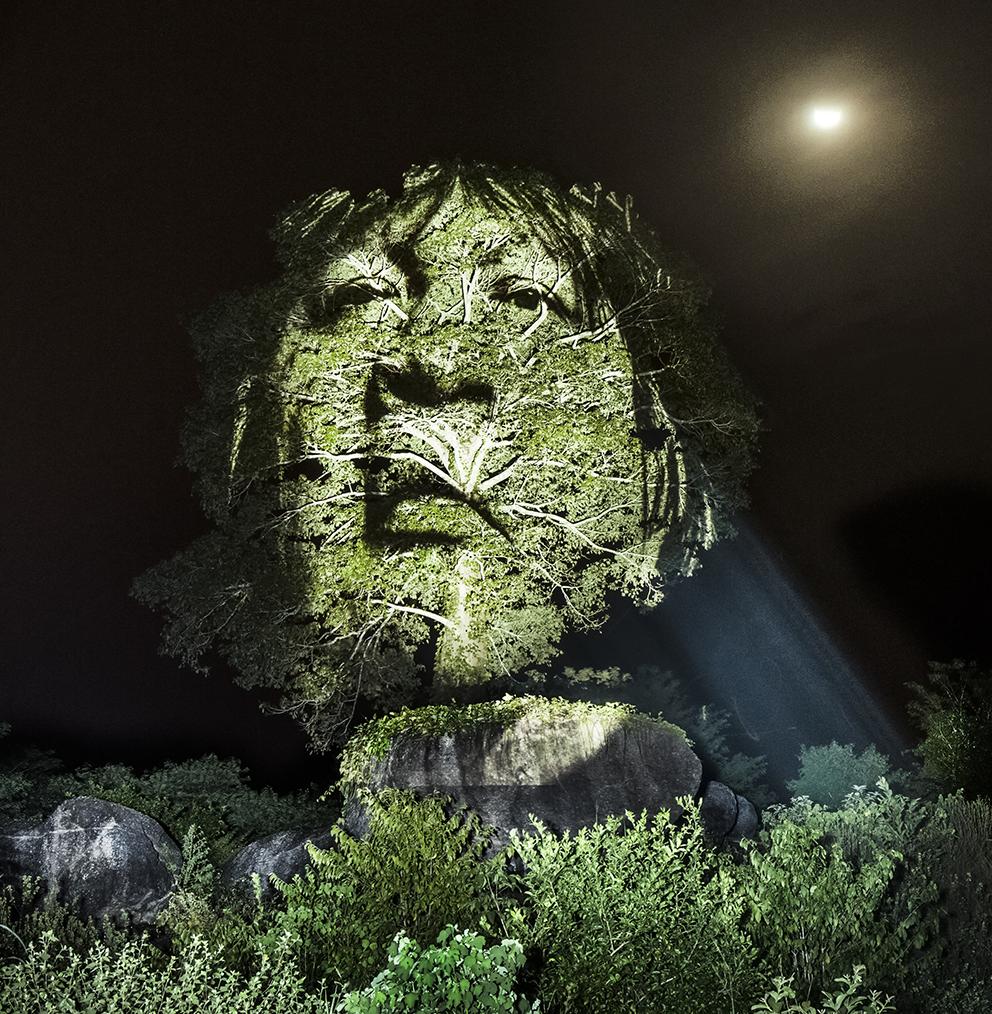
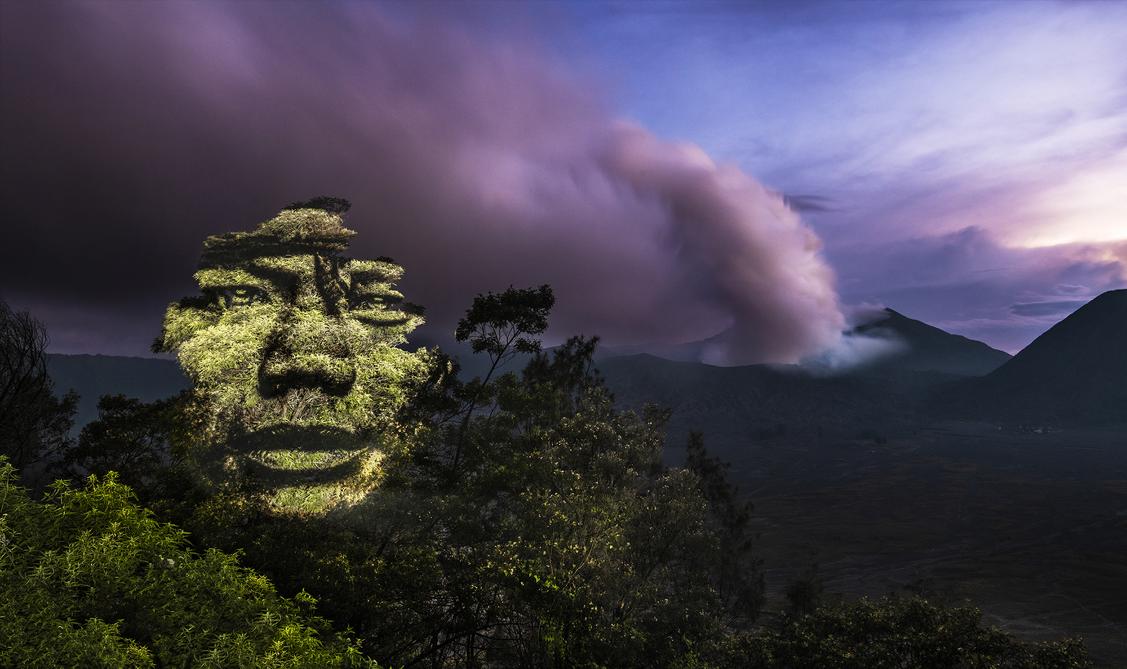

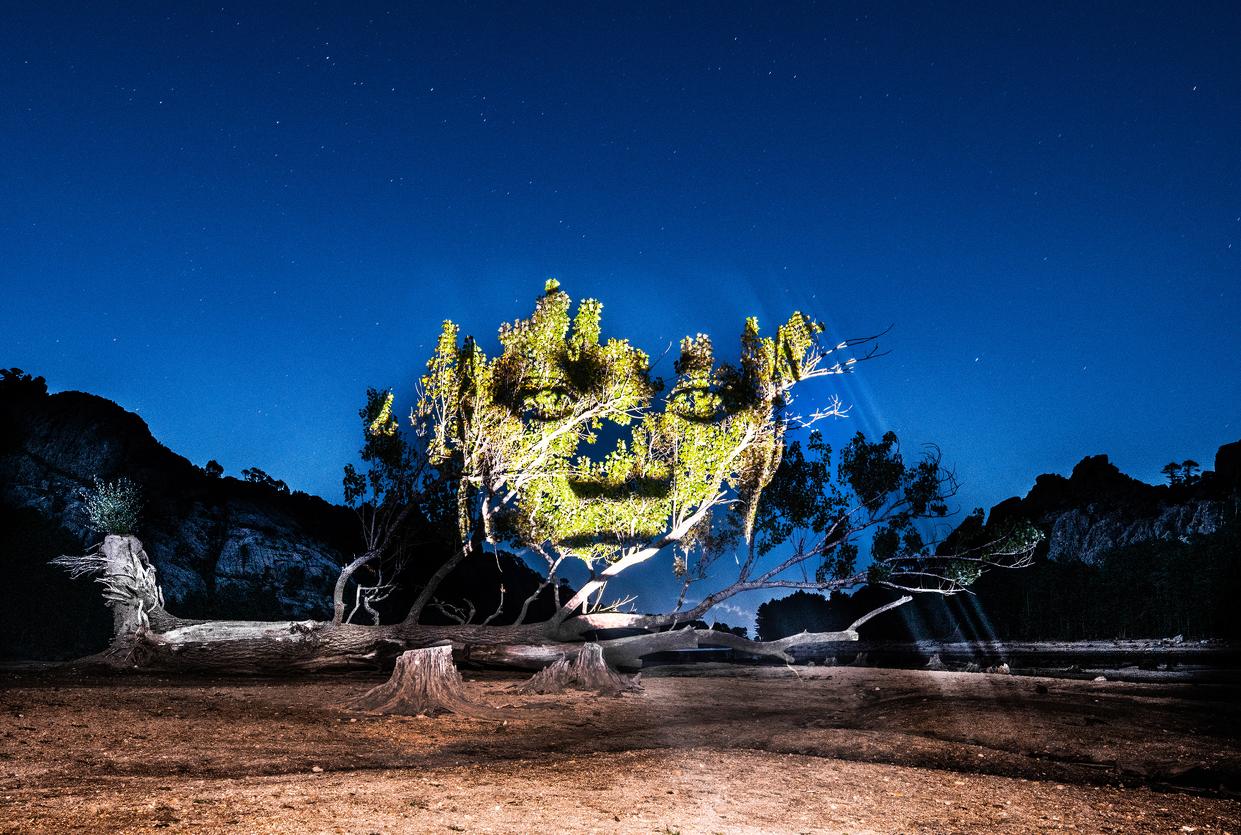


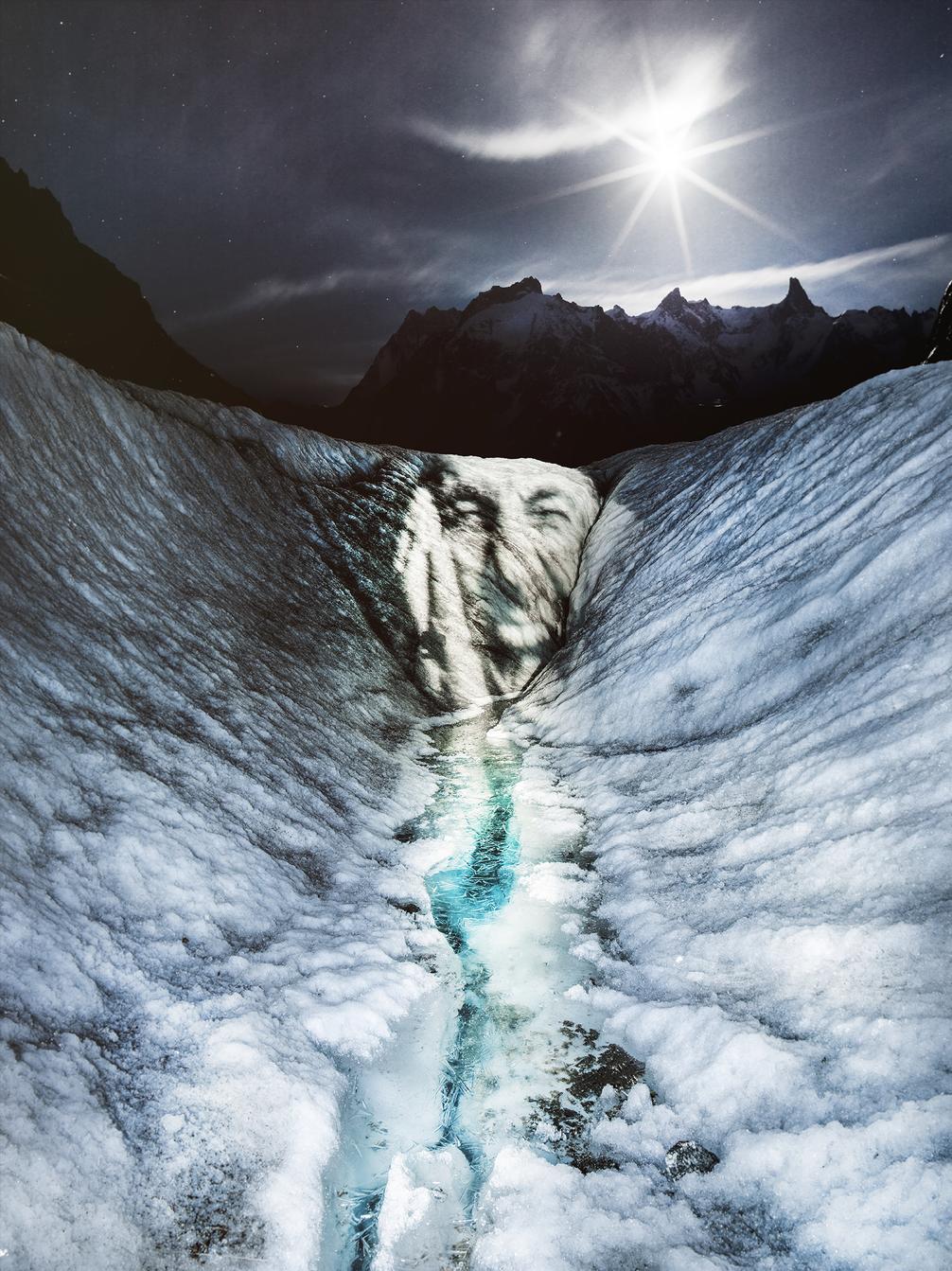
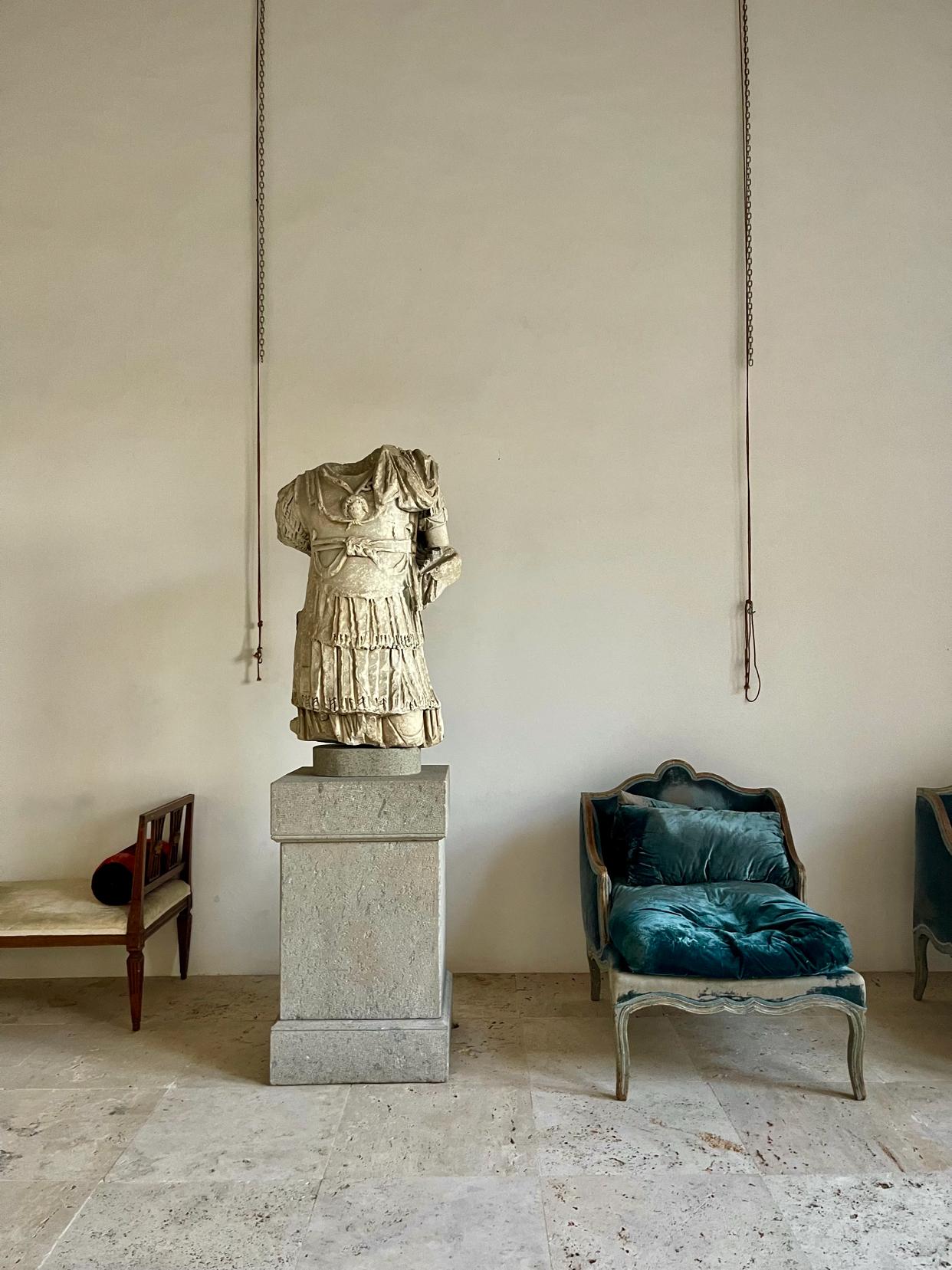





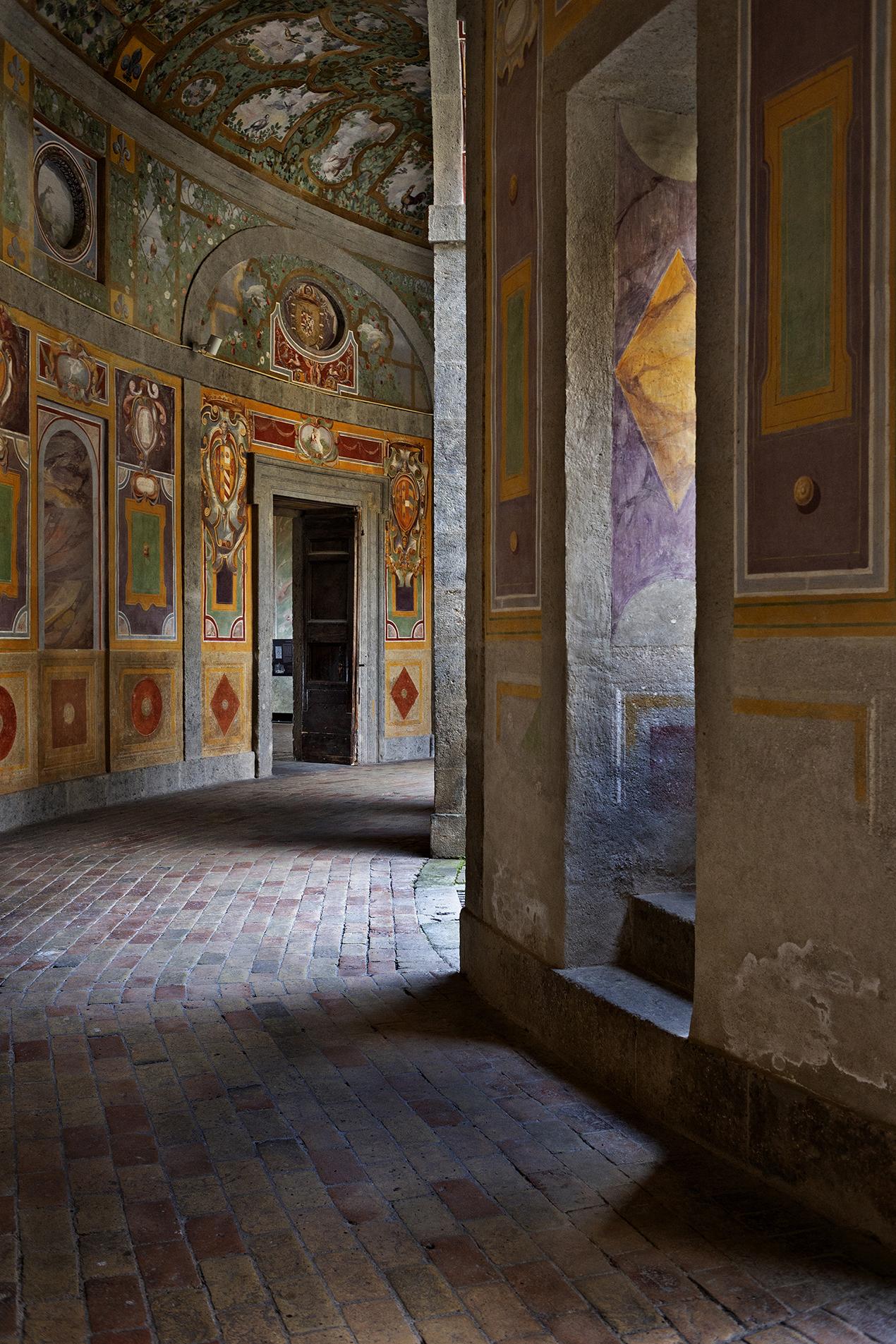




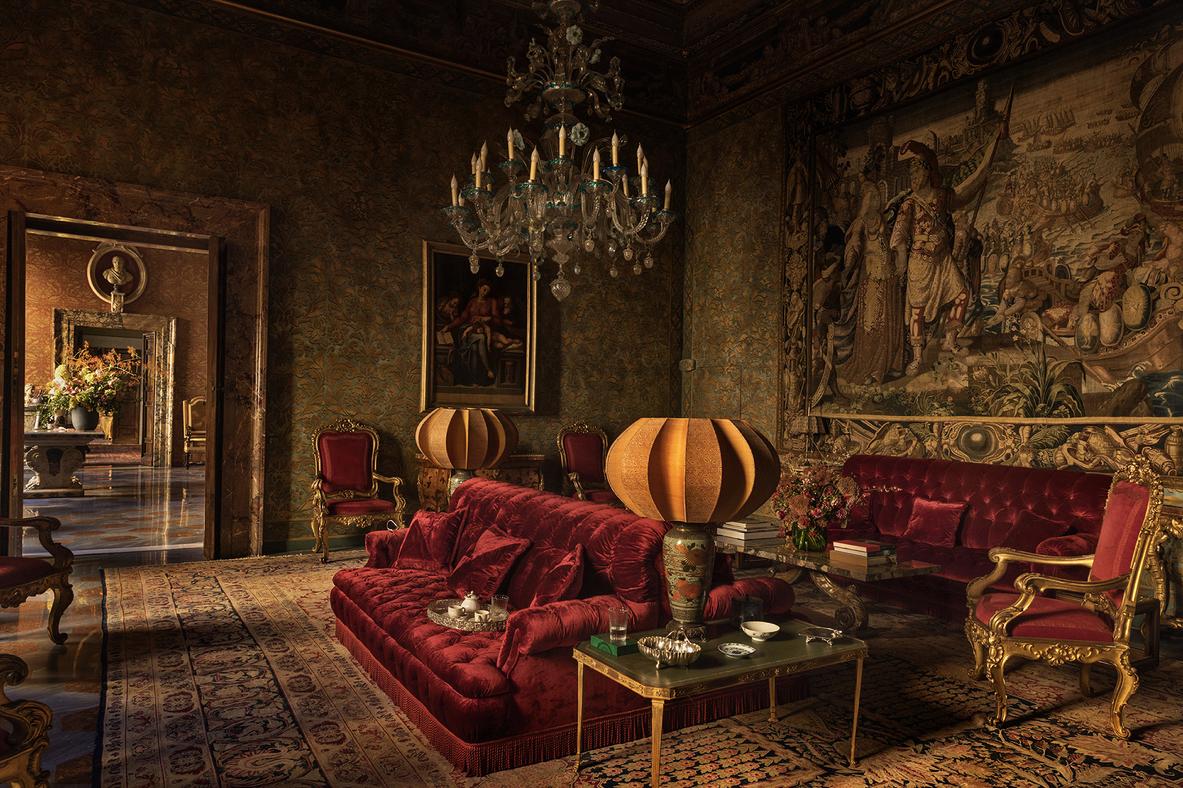
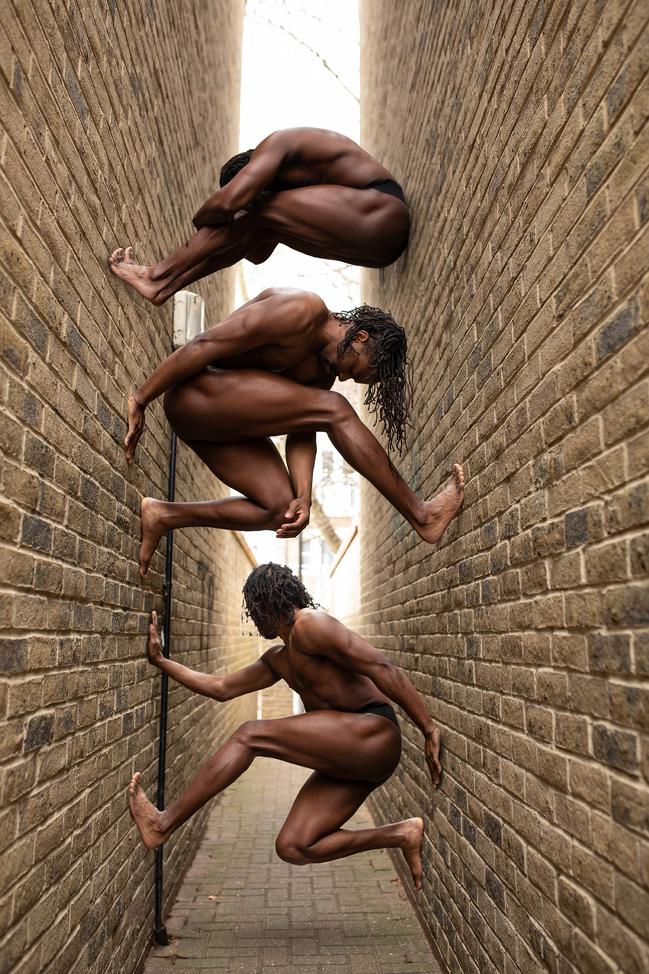

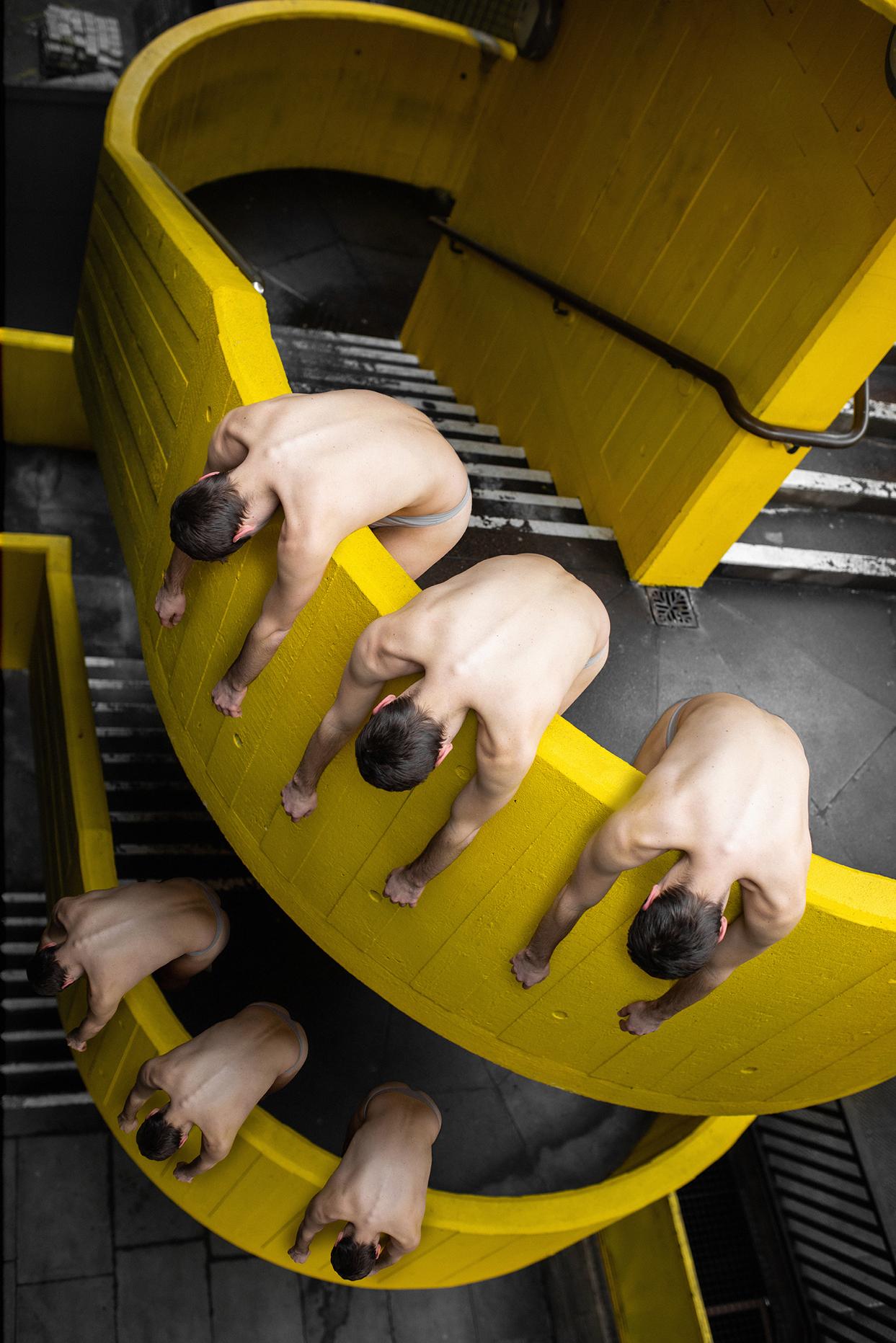
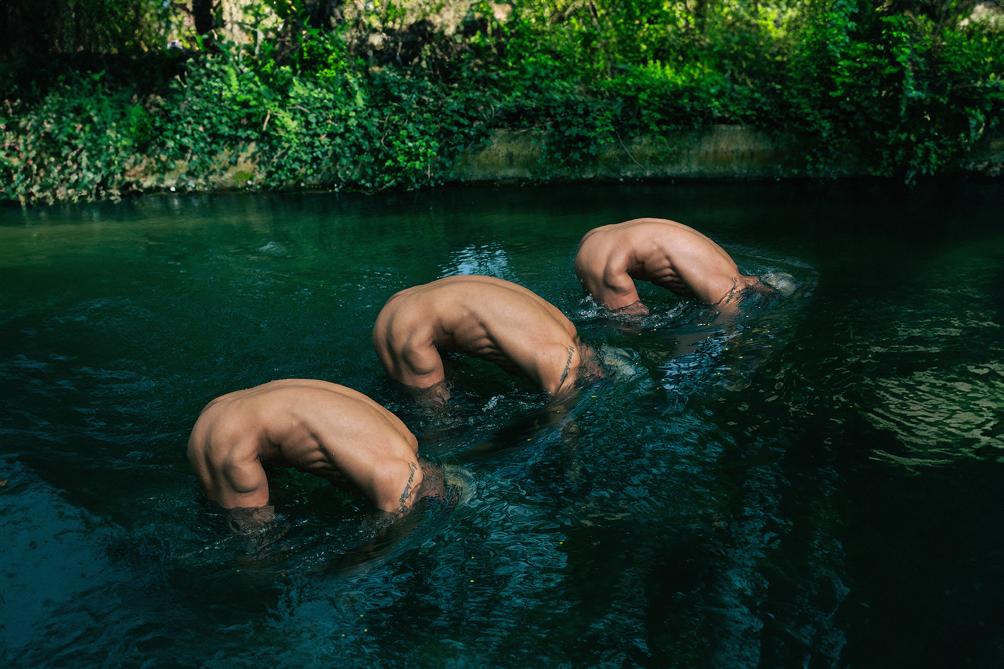

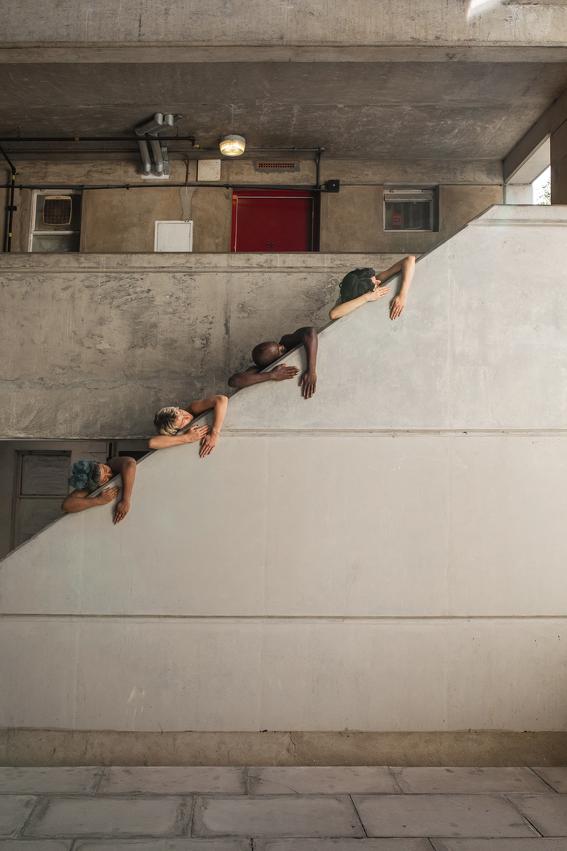




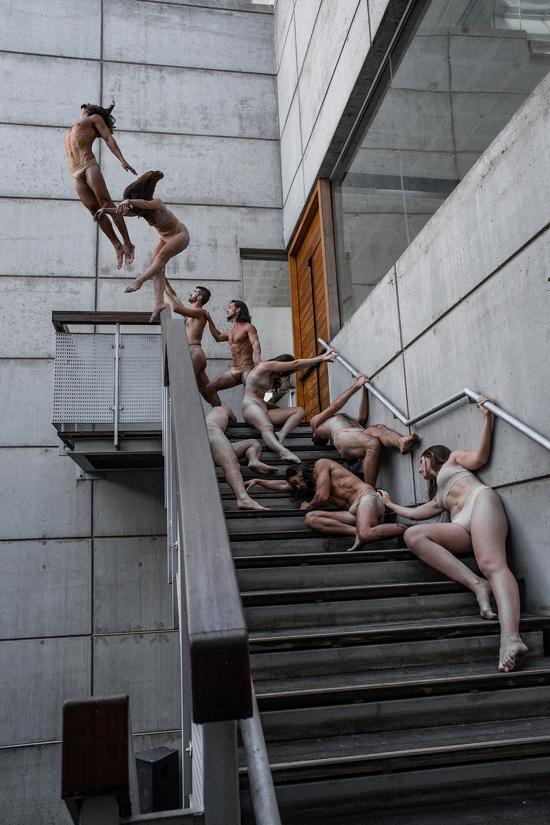
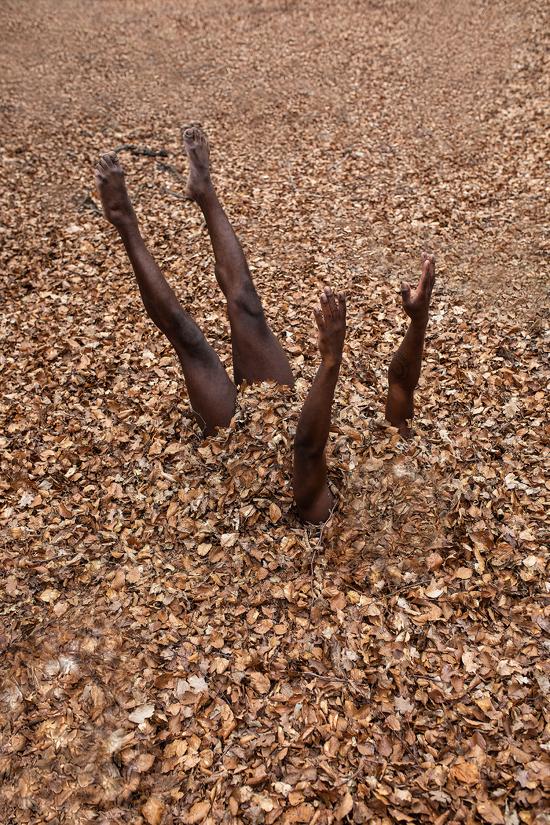

At its core, Eleni Gemeni’s art is a fusion of curiosity, experimentation, and vision. It invites viewers to step beyond the ordinary, into spaces where reality bends toward imagination, and where textures, symbols, and colors form a visual language uniquely her own. In her hands, every medium becomes an opportunity to explore not only the outer world but also the inner landscapes of the human experience.




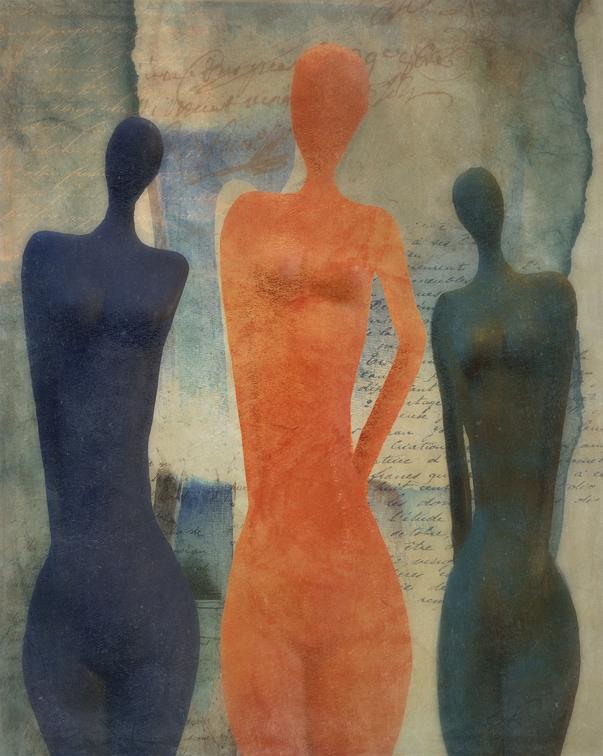
«My art is a visual journey that embraces the unexpected.»

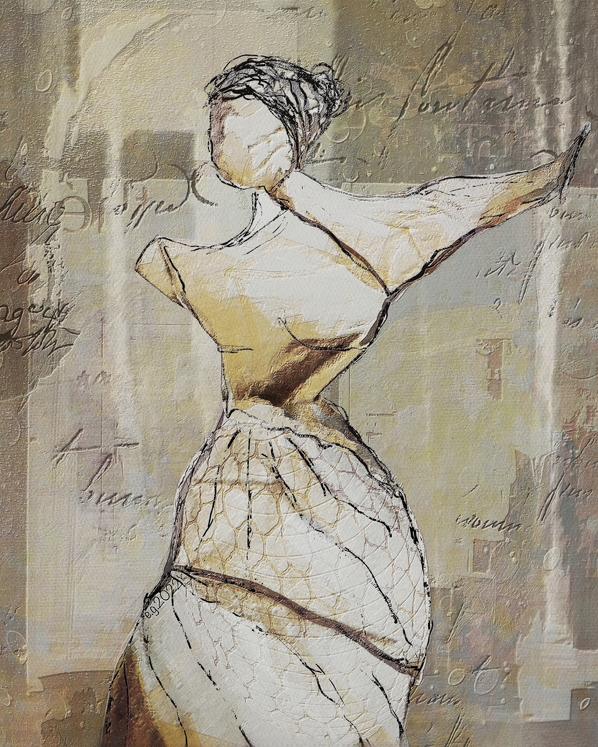


www.maria-oliveira.com
www.instagram.com/mariaoliveiradiz



www.framethestreets.com
www.instagram.com/framethestreetsdotcom
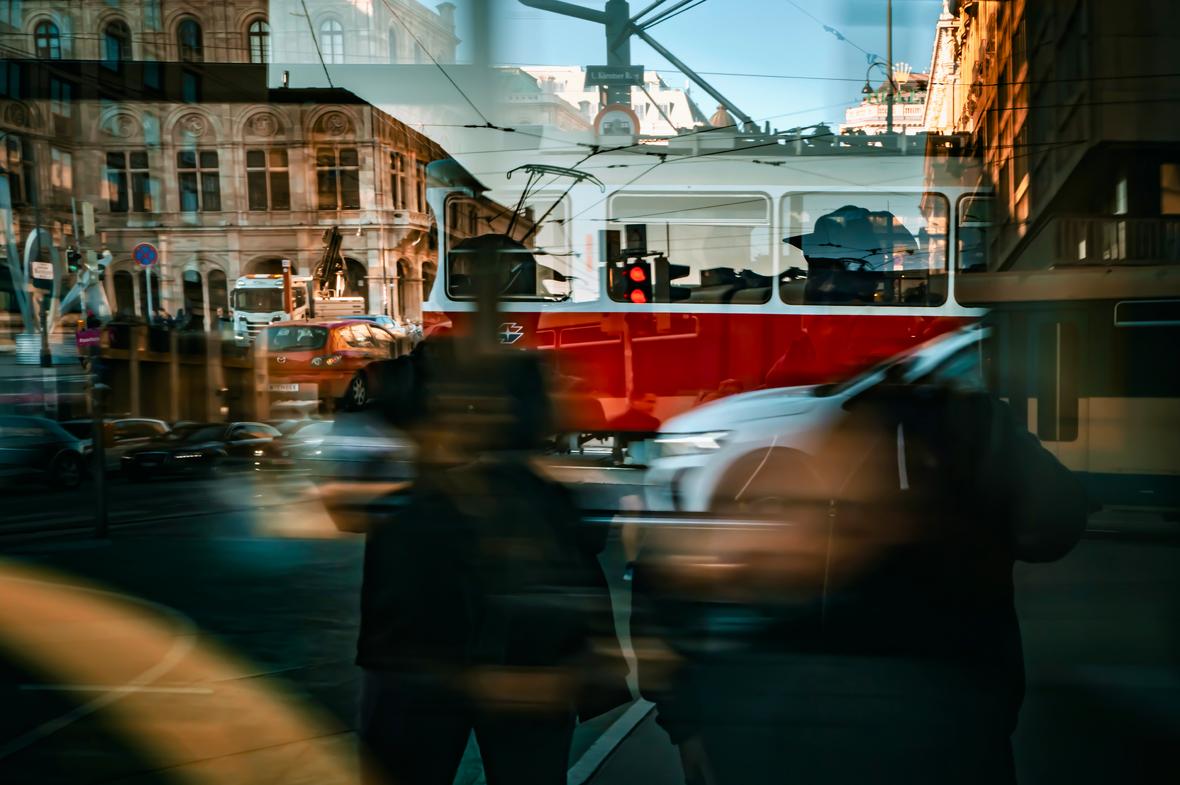
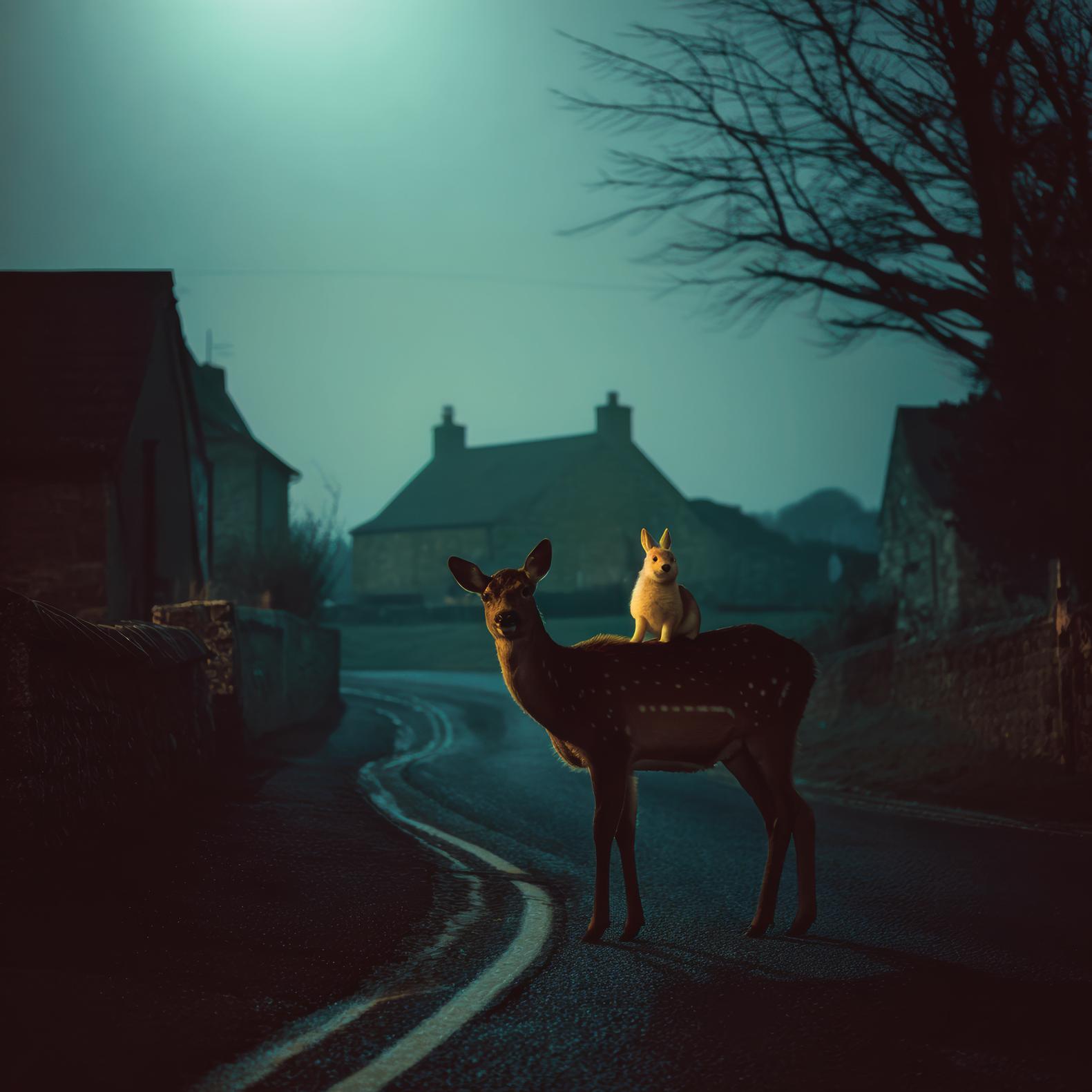
Published
by

by Phillip Toledano is scheduled for release on November 15, 2025